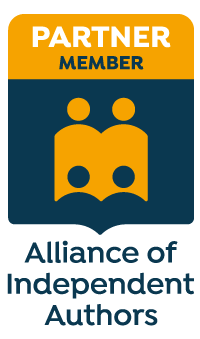|
Find out about 5 core character roles within a novel, and how the purpose they serve ensures the story stays focused.
|
|
Under normal circumstances he would never put his hands on a lady. However, these were not normal circumstances. Not by a long shot.
Ronnie struck the manager just above her right eye with the butt of the .38. A divot the width of a popsicle stick appeared above her eye. Blood spewed from the wound like water from a broken faucet. |
The filter words have gone, and with them the unintended pathological introspection, but the momentum is restored. We're in the moment with Ronnie as he lashes out. It's no less violent but the pace of the prose now mirrors the action authentically.
When filter words make space for reflection
Let’s take a look at another example from Cosby’s Razorblade Tears, this one also from Chapter 2.
The filter phrase is ‘looked at’, and it’s important. Ike is looking hard at what’s in front of him. As will be revealed later, this girl is his murdered son’s daughter. Ike recalls something he’d said to his son a few months earlier: ‘But that little girl, she gonna have it hard enough already. She's half Black. Her mama was somebody you paid to carry her, and she got two gay daddies. So now what?’
Ike and his wife will now be raising the little girl. Cosby wants to focus our attention inward for a moment on Ike’s reflection, and the filter word makes space for that.
While filter words can be effective when they’re used to create a sense of introspection, littering prose with them will be disruptive and pull the reader out of the viewpoint character's headspace. In other words, the psychic or narrative distance will be widened and we’ll feel disconnected from the immediacy of the character’s experience.
For that reason, always use filter words judiciously. In the above example, Cosby offers just a single nudge, and it’s enough.
Summing up
- When filter words front-load a sentence, they’re the first thing a reader notices.
- They destroy momentum and so are often best avoided in pacy action scenes, regardless of their position.
- And even if they do serve a purpose – focusing a reader’s attention inwards on how the viewpoint character acquires the experience they’re reporting (by looking, thinking, feeling etc.) – it's worth keeping their use to a bare minimum. One nudge will likely be enough.
Further reading
- For editors: Fiction editing learning centre
- For authors: Line craft learning centre
- Becoming a Fiction Editor (free booklet for editors)
- Blacktop Wasteland, Cosby, S.A., Headline, 2020
- Editing Fiction at Sentence Level (book for editors and authors)
- Filter words in fiction: Purposeful inclusion and dramatic restriction (blog post)
- Making Sense of ‘Show, Don’t Tell’ (book for editors and authors)
- Narrative Distance: A Toolbox for Writers and Editors (course)
- Razorblade Tears, Cosby, S.A., Headline, 2021
- Switching to Fiction (course for editors)
She is an Advanced Professional Member of the Chartered Institute of Editing and Proofreading (CIEP), a member of ACES, a Partner Member of The Alliance of Independent Authors (ALLi), and co-hosts The Editing Podcast.
- Get in touch: Louise Harnby | Fiction Editor & Proofreader
- Connect: Twitter at @LouiseHarnby, Facebook and LinkedIn
- Learn: Books and courses
- Discover: Resources for authors and editors
1. Understand the different types of editing
The first draft of a book is unlikely to be ready for proofreading. Instead, focus on structure first – so how the story hangs together as a whole.
Next comes stylistic line work that focuses on the flow and rhythm of prose.
Copyediting comes after that. This is the more technical side of the work that looks at consistency and clarity.
Only then is it time for the quality-control stage: proofreading.
Writers who want to know more can watch a video, listen to a podcast episode or download a booklet.
2. Top tools and methods for writers on a budget
- community
- content
- craft books
- courses
- conscious language
Community
Take a look at the Alliance of Independent Authors (ALLi) and the Society of Authors. They’re two fine examples of organizations who are dedicated to supporting writers at different stages of their journey.
Membership includes access to free and affordable paid-for events and resources. But they offer something else that’s incredibly valuable too – a network of like-minded people.
Trying to make your mark in the publishing world can feel overwhelming, so being able to get advice and inspiration from others on the same journey is priceless.
Content
There’s a ton of useful – and free – guidance about the craft of writing online, so it’s worth budget-sensitive writers spending time digging around in the search engines. However, those interested in sentence-level guidance can visit my resource library as a first port of call.
I also recommend The Creative Penn, a superb knowledge bank through which Joanna Penn guides aspiring authors on how to write, how to get their books published and how to make their work visible. I love Joanna’s genuine and approachable teaching style, and how she makes self-publishing accessible to everyone.
Craft books
Books are the most affordable way I know of accessing high-quality guidance. There are lots – too many to mention here – but I recommend fiction writers start with The Magic of Fiction by Beth Hill because it pays attention to structure and helps writers create a great first draft.
My own Editing Fiction at Sentence Level focuses on line craft that helps writers refine the flow, rhythm, mood, voice and style of their prose.
And Joanna Penn’s How to Write Non-Fiction takes authors step by step through the whole book-creation process – from mindset to marketing and everything else in between.
Courses
Love learning at your own pace? Online courses are an affordable and convenient way to study in a multimedia environment.
There are lots to choose from. For starters, take a look at Joanna Penn’s business-focused author courses, and for craft-based tuition for fiction, try Narrative Distance: A Toolbox for Writers and Editors and Preparing Your Book for Submission, two courses from my own training stable.
The National Writing Centre also offers online training that aims to build authors’ confidence. Some of their courses are even free. The NWC also partners with the University of East Anglia to provide more in-depth premium creative-writing courses that come with tutor support.
Conscious language
Anyone who’s aware of the events surrounding Kate Clanchy’s Some Kids I Taught and What They Taught Me will understand the importance of reviewing their work through the lens of representation.
I’m not for a minute suggesting that a work of fiction or non-fiction has to follow a set of prescribed ‘rules’ about what can or can’t be written, but rather that writing means applying the same mindfulness to the words we put on a page as those that come out of our mouths.
When we write, we’re building a relationship with our readers, even though we don’t know who most of them are. And so consciously considering whether our words are helping or harming is just good human practice – one that means our books function as we intend them to, whether that’s to teach or to entertain.
For authors who want a little more guidance on this, I have a free booklet on inclusive and respectful writing. It doesn’t prescribe, just helps writers make informed decisions.
3. Manage your first draft appropriately
Once that’s done, put the book away – just let it sit for a while – then revisit it and decide what’s working and what isn’t, what needs refining, amplifying or deleting.
Perhaps follow Sophie Hannah and Jeffery Deaver’s lead and create detailed outlines that help keep you on track even at first-draft stage. You can read more about Hannah’s method in ‘Why and how I plan my novels’.
If you do decide to work with an editor, invest time in finding someone who’s a great fit for you: someone who gets you and is engaged with what you’re doing with your writing.
That person should also be offering the right level of editing (see 1. Understand the different types of editing).
And tell them if you’re nervous about being edited; it’s perfectly normal to feel that way. Just bear in mind that they’re on your side and are working for you, for your book and for your reader!
4. Understand the difference between style, convention and peevery
Do I have preferences? I do – everyone does – but that’s all they are and they have no business in the work that editors do for their clients. Our job is to focus on a client’s goals, the world of their story, and the readers who’ll come along for the journey.
There are stylistic and grammatical conventions in writing, and a professional editor should understand those and be mindful of them, but editing requires a malleable mindset that respects voice and rhythm as much as anything else.
It’s about sense and sensibility, not prescriptivism and pedantry.
Listen right here to this collection of episodes from The Editing Podcast on language, grammar and style:
5. Recognize the pros and cons of being your own publisher
The main disadvantage is … you get to control everything!
You’re the publisher as well as the writer, which means you decide which books to write and publish, what the cover will look like, which levels of editorial help to commission, which channels to distribute your book through, what the price will be, what formats the book will be available in, and how your promotion strategy will play out.
That’s a lot of work – work that costs you time and money. Publishers will do some of it for you. Still, that will come at a cost because you’ll be taking a royalty that’s likely lower than the return from selling direct.
Being your own publisher isn’t everyone’s wheelhouse, but for those who want to be in control, there’s never been a better time to wear that hat because of all the technical solutions available to authors.
Any writer can use Amazon. It’s the biggest bookstore on the planet. But you might want to sell direct via your website, too, because that’s your very own shop window.
Platforms like Payhip and BookFunnel have made that possible, and it’s made it easy … not just for you but for your customers too.
And for authors who are not only writing but also teaching about writing, there are multiple platforms that support that too – LearnDash (Wordpress plugin), LearnWorlds and Teachable for example.
6. Take control of cramped and communal work spaces
I realize that everyone’s situation is different, but I hope at least one of the following tips will speak to anyone trying to carve out a dedicated work space.
- Agree boundaries in shared spaces: Decide which part is yours and which is theirs, and respect that.
- Create boundaries in multifunctional spaces: Some writers have to work in a bedroom, kitchen or living room. If there’s enough space, fence off a corner with a panelled room divider. These can be pricey so an alternative is to install a rail and fashion a curtain from an old duvet cover or sheet.
- Use mobile desks in cramped spaces: Mobile desks are readily available online and are priced competitively so that even writers on a smaller budget can house a monitor, keyboard, mouse and hard drive. Complement with a storage trolley for your books and stationery. Wheel the whole lot into another room when required!
Summing up
You’re not alone. There’s a ton of help available to help you … whatever your budget and whatever subject or genre you’re writing in. These 6 tips barely scratch the surface, but I hope they at least inspire you to take the next steps of your indie-author journey with confidence.
She is an Advanced Professional Member of the Chartered Institute of Editing and Proofreading (CIEP), a member of ACES, a Partner Member of The Alliance of Independent Authors (ALLi), and co-hosts The Editing Podcast.
- Get in touch: Louise Harnby | Fiction Editor & Proofreader
- Connect: Twitter at @LouiseHarnby, Facebook and LinkedIn
- Learn: Books and courses
- Discover: Resources for authors and editors
Listen to find out more about
- What is sensitivity reading?
- What types of topics do people read for?
- What does the sensitivity reading process look like?
- Why should an author hire a sensitivity reader?
- What type of feedback does a sensitivity reader give?
- How does someone become a sensitivity reader?
- Some authors are hesitant to work with a sensitivity reader because there's concern about censorship or having books pulled. How do you address those concerns?
- Is sensitivity reading only useful for fiction?
- How do authors find sensitivity readers?
Discover more about Crystal at Rabbit with a Red Pen.
Mentioned in the show
- Find a sensitivity reader: Binders for Sensitivity Readers
- Conscious Style Guide
- Editors of Color
Music Credit
'Vivacity’ Kevin MacLeod (incompetech.com). Licensed under Creative Commons: By Attribution 3.0 License. http://creativecommons.org/licenses/by/3.0/
She is an Advanced Professional Member of the Chartered Institute of Editing and Proofreading (CIEP), a member of ACES, a Partner Member of The Alliance of Independent Authors (ALLi), and co-hosts The Editing Podcast.
Visit her business website at Louise Harnby | Fiction Editor & Proofreader, say hello on Twitter at @LouiseHarnby, connect via Facebook and LinkedIn, and check out her books and courses.
Listen to find out more about
- Writing a series vs standalone novels
- Tips on developing a coherent series
- Starting afresh with a new set of characters in a new environment
- Top creative-writing tips for beginner author
- Recommended writing-craft resources
- Back-cover blurb and Amazon blurbs
- Cover design
Here's where you can find out more about Andy Maslen's thrillers.
Dig into these related resources
- Author resources
- Book: Editing Fiction at Sentence Level
- Blog post: 3 reasons to use free indirect speech in your crime fiction
- Blog post: Crime fiction subgenres: Where does your novel fit?
- Blog post: How to write dialogue that pops
- Blog post: Playing with sentence length in crime fiction. Is it time to trim the fat?
- Blog post: Writing a crime novel – should you plan or go with the flow?
- Podcast episodes: The indie author collection
Music Credit
‘Vivacity’ Kevin MacLeod (incompetech.com). Licensed under Creative Commons: By Attribution 3.0 License. http://creativecommons.org/licenses/by/3.0/
She is an Advanced Professional Member of the Chartered Institute of Editing and Proofreading (CIEP), a member of ACES, a Partner Member of The Alliance of Independent Authors (ALLi), and co-hosts The Editing Podcast.
Visit her business website at Louise Harnby | Fiction Editor & Proofreader, say hello on Twitter at @LouiseHarnby, connect via Facebook and LinkedIn, and check out her books and courses.
Listen to find out more about
- Doing your own narration vs hiring a pro
- How to find a professional voice artist
- Which qualities are important
- The process of working with a professional narrator
- Obstacles to creating audio books
- Costs and time frame
Here's where you can find out more about David Unger's books.
Dig into these related resources
- Author resources
- Book: Editing Fiction at Sentence Level
- The Editing Podcast: 6 ways to use audio for book promotion
- Booklet: How to narrate your own audio book
- Podcast episodes: The indie author collection
- Blog post: Why editors and proofreaders should be using audio
- Blog post: 5 ways to use audio for book marketing and reader engagement
- Blog post: How to go mobile with audio: Book-editor podcasting on the go
Music Credit
‘Vivacity’ Kevin MacLeod (incompetech.com). Licensed under Creative Commons: By Attribution 3.0 License. http://creativecommons.org/licenses/by/3.0/
She is an Advanced Professional Member of the Chartered Institute of Editing and Proofreading (CIEP), a member of ACES, a Partner Member of The Alliance of Independent Authors (ALLi), and co-hosts The Editing Podcast.
Visit her business website at Louise Harnby | Fiction Editor & Proofreader, say hello on Twitter at @LouiseHarnby, connect via Facebook and LinkedIn, and check out her books and courses.
Listen to find out more about
- What made David want to start writing and who inspired him
- Writing an alter ego
- The revision process
- On being edited
Here's where you can find out more about David Unger's books.
Dig into these related resources
- Author resources
- Book: Editing Fiction at Sentence Level
- Blog post: 3 reasons to use free indirect speech in your crime fiction
- Blog post: Crime fiction subgenres: Where does your novel fit?
- Blog post: How to write dialogue that pops
- Blog post: Playing with sentence length in crime fiction. Is it time to trim the fat?
- Blog post: Writing a crime novel – should you plan or go with the flow?
- Podcast episodes: The indie author collection
Music Credit
‘Vivacity’ Kevin MacLeod (incompetech.com). Licensed under Creative Commons: By Attribution 3.0 License. http://creativecommons.org/licenses/by/3.0/
She is an Advanced Professional Member of the Chartered Institute of Editing and Proofreading (CIEP), a member of ACES, a Partner Member of The Alliance of Independent Authors (ALLi), and co-hosts The Editing Podcast.
Visit her business website at Louise Harnby | Fiction Editor & Proofreader, say hello on Twitter at @LouiseHarnby, connect via Facebook and LinkedIn, and check out her books and courses.
Listen to find out more about
- What a zombie rule is
- Why split infinitives are not grammatically problematic
- Why it's okay to start a sentence with a conjunction
Dig into these related resources
- Blog post: Fiction grammar: Is it okay to start a sentence with ‘And’ or ‘But’?
- Blog post: What are expletives in the grammar of fiction?
- Blog post: Should I use a comma before coordinating conjunctions and independent clauses in fiction?
- Podcast: How to manage the grammar police
- Resources for proofreading your own writing
- Podcast: Linguist Rob Drummond on grammar pedantry, peevery and youth language
- Blog post: What's the difference between a rule and a preference? Advice for new writers
Music Credit
‘Vivacity’ Kevin MacLeod (incompetech.com). Licensed under Creative Commons: By Attribution 3.0 License. http://creativecommons.org/licenses/by/3.0/
She is an Advanced Professional Member of the Chartered Institute of Editing and Proofreading (CIEP), a member of ACES, a Partner Member of The Alliance of Independent Authors (ALLi), and co-hosts The Editing Podcast.
Visit her business website at Louise Harnby | Fiction Editor & Proofreader, say hello on Twitter at @LouiseHarnby, connect via Facebook and LinkedIn, and check out her books and courses.
Here's what two industry-recognized style guides have to say on the matter.
New Hart’s Rules (Oxford University Press): ‘You might have been taught that it’s not good English to start a sentence with a conjunction such as and or but. It’s not grammatically incorrect to do so, however, and many respected writers use conjunctions at the start of a sentence to create a dramatic or forceful effect.’
Chicago Manual of Style Online, 5.203 (Chicago University Press): ‘There is a widespread belief—one with no historical or grammatical foundation—that it is an error to begin a sentence with a conjunction such as and, but, or so. In fact, a substantial percentage (often as many as 10 percent) of the sentences in first-rate writing begin with conjunctions. It has been so for centuries, and even the most conservative grammarians have followed this practice.'
6 good reasons to start a sentence with ‘And’ or ‘But’
Great! We have the go-ahead from a couple of big hitters to use our two conjunctions at the beginning of a sentence. Now let’s dig a little deeper into why doing so can make fiction more effective. Here are my top six reasons:
- To serve natural speech
- To shorten narrative distance
- To introduce tension and suspense
- To add drama
- To emphasize the unexpected
- To make contrast explicit
Serving natural speech
When we speak in real life, conjunctions are often the first things out of our mouths. So it should be in novels that want to render speech authentically.
Fictional dialogue doesn’t replicate real-life speech completely – that would mean including a lot of boring stuff that one might hear at the bus stop. Rather, it’s a sort of hybrid that has the essence of reality but with the mundanity judiciously removed. It might sound like a cheat but readers thank authors who don’t bore them!
Small nudges towards reality help with the authenticity goal, which is where our conjunctions come in handy. Here are a few examples for you:
|
‘And you will have no hesitation in doing what has to be done? You have no doubts?’ (At Risk, Stella Rimington, p. 187)
‘And where’s he getting the money from? You know the situation as well as I do. He isn’t on leave of absence from a university.’ (The Dream Archipelago, Christopher Priest, p. 227) “But your way makes more sense. So you think Maura was working with Rex?” “I do.” “Doesn’t mean she didn’t set Rex up.” “Right.” “But if she wasn’t involved in the murder, where is she now?” (Don’t Let Go, Harlan Coben, p. 76) |
Shortening narrative distance
Dialogue gives us the character’s speech; narrative gives us the character’s experience. When that’s a first-person narrative, it’s easy to feel close to the narrator. With a third-person narration, the reader can feel separated from the character, as if they’re on the outside looking in.
Authors who want to reduce that space between the reader and the character – called narrative distance or psychic distance – can experiment with a narration style that sounds like natural speech even though it’s not dialogue.
Here’s a lovely example from Blake Crouch’s Recursion (p. 182).
|
There's a part of him that wants to run down there, charge through, and shoot every fucking person he sees inside that hotel, ending with the man who put him in the chair. Meghan’s brain broke because of him. She is dead because of him. Hotel Memory needs to end.
But that would most likely only get him killed. No, he'll call Gwen instead, propose an off-the-books, under-the-radar op with a handful of SWAT colleagues. If she insists, he'll take an affidavit to a judge. |
Notice how the narration style is third person, though it doesn’t feel like it. Instead, we’re right inside the viewpoint character’s head.
The position of the conjunction in this example isn’t the sole reason why the narrative distance feels short – the free indirect speech above and beneath plays a huge part – but it certainly helps to give us a sense of the character’s mentally working out a problem.
Introducing tension and suspense
Take a look at this excerpt from p. 21 of The Matlock Paper by Robert Ludlum.
|
Matlock walked to the small, rectangular window with the wire-enclosed glass. The police station was at the south end of the town of Carlyle, about a half a mile from the campus, the section of town considered industrialized. Still, there were trees along the streets. Carlyle was a very clean town, a neat town. The trees by the station house were pruned and shaped.
And Carlyle was also something else. |
With that one word – the conjunction – Ludlum stops us in our tracks. Yes, we’re thinking, the town’s neat, it’s clean. All well and good. But then we realize that there’s more to it, for beneath the pruned trees lies a dark underbelly.
The ‘And’, positioned right up front, forces us to pay attention to it. It’s not any old conjunction. Rather, it’s loaded with suspense that drives the reader to ask a question that isn’t explicitly answered: What else is that ‘something’?
Adding drama and modifying rhythm
In this excerpt from Parting Shot (p. 433), the author uses the conjunction at the beginning of the sentence to inject drama into a scene.
The new line makes the rhythm of the prose more staccato, but the ‘And’ at the beginning of the final line is what really packs a punch.
The viewpoint character, Cory, is a killer. He ponders almost matter-of-factly who the threats are, and reaches his conclusion as he closes in on the cabin.
|
Dolly Guntner certainly wasn't in a position to say anything bad about him.
Which left Carol Beakman. Carol had seen him. And while she didn't actually see him kill Dolly, if the police ever spoke with her, she'd be able to tell them it couldn't have been anyone else but him. As far as Cory could figure, the only living witness to his crimes was Carol Beakman. He was nearly back to the cabin. It seemed clear what he had to do. And he'd have to do it fast. |
If Linwood Barclay had omitted the conjunction, he’d have introduced a separation between two ideas: realizing what needs to be done, and when the killer is going to do it. Yet these two ideas are very much connected. The ‘And’ therefore fulfils its purpose as a conjunction – a joining word.
But there’s more. If he’d run the two ideas together with a conjunction between (‘It seemed clear what he had to do, and he'd have to do it fast.’), the line would have lost its wallop. The staccato rhythm (one that mirrors the cold calculation taking place in Cory’s head) is gone. Instead, the prose has flatlined; it seems almost mundane, like a stroll in the park rather than the planning of a murder.
However, the ‘And’ reinforces this extra information – the deed must be done fast. The emphasis adds drama to the line. The final line is still connected to the clause it’s related to, but the mood-rich rhythm, and the drama that comes with it, is intact.
Emphasizing the unexpected
An up-front ‘But’ is perfect for the author who want to emphasize the unexpected, surprise or absurdity. Take a look at this excerpt from Terry Pratchett’s Dodger (p. 170).
It’s true that omitting the ‘But’ would leave the meaning intact. However, adding the conjunction reinforces the Dodger’s emotional response to the boy’s suggestion – he’s taken by surprise because in times past, asking a peeler was exactly what he’d have done, without question, without fear.
And so that ‘But’ does more than act as a conjunction. With just three letters, we’re shown character mood.
Making contrast explicit and suspenseful
David Rosenfelt’s New Tricks (p. 92) includes a smashing example how the conjunction at the beginning of the sentence reinforces a contrast with what’s gone before.
|
I won't be able to place this in any kind of context until I go through everything Sam has brought, though he says he didn't see a reply to Jacoby's questions. Certainly the fact that a man who was soon to be a murder victim experimenting in any way with his own DNA is at least curious, and something for me to look into carefully if I stay on the case.
But a nurse comes in and asks me to quickly come to Laurie's room, so right now everything else is going to have to wait. |
That contrast is explicit because the ‘But’ acts as an interrupter. We’re deep in the POV character’s head regarding the murder victim, ruminating with our protagonist. The conjunction then shoves us out of that rumination. It’s not gentle; the ‘But’ is a big one – something’s up with Laurie.
Not that we know what. Rosenfelt doesn’t tell us yet. Instead, he makes us ask the question: Why? And with that question, just as with the Ludlum example above, we have suspense.
Summing up
Feel free to pepper your prose with sentences that begin with ‘And’ and ‘But’. Anyone who tells you you’re on shaky ground grammatically knows less about grammar than you do!
It’s likely that the myth around positioning these conjunctions came about in a bid to nudge people away from stringing together clauses and sentences with no thought to creativity. And while such an intention makes sense, we have to recognize that imposing this zombie rule on writing can actually destroy the magic of prose.
And on that note, I will sign off! (See what I did there?)
More fiction editing guidance
- 3 reasons to use free indirect speech
- Author resources library: Booklets, videos, podcasts and articles for authors
- Commas, conjunctions and rhythm
- Coordinating conjunctions
- Editing Fiction at Sentence Level: My flagship line-editing book
- How to write suspenseful chapter endings
- Rules versus preferences
- Sentence length, pace and tension
- Switching to Fiction: Course for new fiction editors
- Transform Your Fiction guides: My fiction editing series for editors and authors
Cited sources
- At Risk, Stella Rimington, Arrow Books, 2004
- Don’t Let Go, Harlan Coben, Arrow Books, 2017
- Dodger, Terry Pratchett, Corgi, 2012
- Recursion, Blake Crouch, Pan Macmillan, 2019
- The Matlock Paper, Robert Ludlum, Orion, 2010
- The Dream Archipelago, Christopher Priest, Gollancz, 2009
- Parting Shot, Linwood Barclay, Orion, 2017
- New Tricks, David Rosenfelt, Grand Central Publishing, 2009
She is an Advanced Professional Member of the Chartered Institute of Editing and Proofreading (CIEP), a member of ACES, a Partner Member of The Alliance of Independent Authors (ALLi), and co-hosts The Editing Podcast.
Visit her business website at Louise Harnby | Fiction Editor & Proofreader, say hello on Twitter at @LouiseHarnby, connect via Facebook and LinkedIn, and check out her books and courses.
Common examples are:
- there are/is/was/were
- it is/was
Take a look at the following pair. The first sentence is introduced by an expletive.
- There was a car parked outside the house.
- A car was parked outside the house.
When used well, expletives are enrichment tools that allow an author to play with a narrative voice’s register and the rhythm of sentences.
When prose is overloaded with them, it can feel cluttered with filler words that add nothing but ink on the page. At best, they widen the narrative distance between the reader and the POV character; at worst, they flatten a sentence and destroy suspense and tension.
Too much telling of what there is or was can rip the immediacy from a scene and encourage skimming. That’s a problem – it means the reader isn’t engaged and risks missing something.
Furthermore, if they’re not performing their rhythmic or emphasis role, expletives make sentence navigation more difficult because all they're doing is cluttering the prose.
Here's an example. Think I've overworked it? There are published books from mainstream presses with passages just like this made-up one.
It was a tiny room. There was a light switch with rust-coloured smudged fingermarks on the melamine surface. Was that blood? There was a noise coming from beyond on the back wall. It was a high-pitched whimper. Then there was silence. She held her breath and tiptoed forward.
Suddenly there was a scream.
The problem with the expletives in the passage above is that readers are bogged down in what there was rather than the viewpoint character's experience of discovery. Let's revise it to fix the problem.
The room was tiny. Rust-coloured fingermarks smudged the melamine surface of the light switch. Blood maybe. A noise came from beyond a door on the back wall. A high-pitched whimper. Then nothing. She held her breath and tiptoed forward.
A scream shattered the silence.
Notice how the narrative distance has been reduced in the revised passage. Now it's as if we're in the viewpoint character's head, moving with her second by second. We can focus on the room, the dried-blood fingermarks, the whimper, and the scream rather than the being of those things – their was-ness.
Removing the expletives and swapping in stronger verbs (smudged, shattered) enables us to tighten up the prose and introduce immediacy. And now there's no need for the told 'suddenly' – we experience the suddenness through the in-the-moment shattering.
As is always the case, obliterating expletives from a novel would be inappropriate because sometimes they're the perfect tool to help out with rhythm and emphasis.
The opening paragraph of Charles Dickens’s A Tale of Two Cities (p. 1) uses expletives galore, and masterfully at that. The repetition (anaphora) brings a steady rhythm to the passage that ensures the reader gives equal weight to the contrasting extremes – from best and worst to hope and despair.
The expletives introduce a detached sense of reportage that forces us forward rather than allowing us to dwell on any of the heavens or hells on offer. It’s simultaneously mundane and monstrous, and that's why it's magical.
And here’s an example from Dog Tags (p. 1) where omission of the expletive would rip the energy from the opening first line of the chapter and interfere with our understanding of which words we’re supposed to emphasize.
That was the USA Today headline on a piece that ran about me a couple of months ago.
Summing up
Grammatical expletives are a normal part of language and have every right to be in a novel. Overloading can destroy tension and make for a laboured narrative, but a purposeful peppering can amplify character emotion, moderate rhythm, and make space for the introduction of big themes in small spaces without sensory clutter.
Cited works and further reading
- Author resource library (includes links to free webinars)
- A Tale of Two Cities, Charles Dickens, W. W. Norton & Company; Critical edition, 2020
- Dog Tags, David Rosenfelt, Grand Central Publishing, Reprint edition, 2011
- Editing Fiction at Sentence Level: A Guide for Beginner and Developing Writers
- Making Sense of Punctuation: Transform Your Fiction 2
- ‘Playing with sentence length in crime fiction. Is it time to trim the fat?’
- ‘Playing with the rhythm of fiction: commas and conjunctions’
- 'Should I use a comma before coordinating conjunctions and independent clauses in fiction?'
- ‘What is anaphora and how can you use it in fiction writing?’
- 'Why "suddenly" can spoil your crime fiction'
She is an Advanced Professional Member of the Chartered Institute of Editing and Proofreading (CIEP), a member of ACES, a Partner Member of The Alliance of Independent Authors (ALLi), and co-hosts The Editing Podcast.
Visit her business website at Louise Harnby | Fiction Editor & Proofreader, say hello on Twitter at @LouiseHarnby, connect via Facebook and LinkedIn, and check out her books and courses.
Point of view (POV) describes whose head we’re in when we read a book ... from whose perspective we discover what’s going on – and the smells, sounds, sights and emotions involved.
Third-person omniscient POV
This viewpoint is probably the trickiest to master. Omniscient means all-knowing. It’s the most flexible because it gives the reader potential access to every character’s external and internal experiences. It also has the potential to be the least intimate if not handled well.
Imagine a futuristic news helicopter. Inside, our roving reporter shifts her camera from one person to another, and one setting to another. She’s also got some serious kit, stuff that enables her to tap everyone’s phones, TVs and computers. But that’s not all; the characters’ brains are bugged too; our reporter knows what they’re thinking. She can see, hear and smell it all! Says Sophie Playle:
Examples: Deeper knowledge than third-person narration
If you’ve read anything by Neil Gaiman, you’ll see a blatant external narrator in evidence with a depth of knowledge that defies the rules of a third-person viewpoint. Here’s an example from Neverwhere (p. 10).
|
He continued, slowly, by a process of osmosis and white knowledge (which is like white noise, only more informative), to comprehend the city, a process which accelerated when he realized that the actual City of London itself was no bigger than a square mile [...]
Two thousand years before, London had been a little Celtic village on the north shore of the Thames which the Romans had encountered and settled in. London had grown, slowly, until, roughly a thousand years later, it met the tiny Royal City of Westminster [...] London grew into something huge and contradictory. It was a good place, and a fine city, but there is a price to be paid for all good places, and a price that all good places have to pay. After a while, Richard found himself taking London for granted. |
The first ten words might appear to be a third-person viewpoint (‘He’ refers to Richard, the protagonist), but that’s not the case. What follows is a distinct narrative other, a voice that explains ‘white knowledge’.
In the second and third paragraphs, the all-knowing narrator offers historical information. Then in the final paragraph, we’re told more about Richard. The viewpoint was never third-person objective. It was omniscient all along.
In Cormac McCarthy’s The Road, ‘the man’ takes centre stage in most of the sections such that we see what he sees and feel what he feels. It’s almost as if he’s the narrator, and once more we could be forgiven for thinking the viewpoint third person. But there’s more going on here.
In the following extracts, notice the shift beyond what it’s possible for the man to see, think or know.
|
He woke in the morning and turned over in the blanket and looked down the road through the trees the way they’d come in time to see the marchers four abreast. Dressed in clothing of every description, all wearing red scarves at their necks. Red or orange, as close to red as they could find. He put his hand on the boy’s head. Shh, he said. (pp. 95–6)
He wallowed into the ground and lay watching across his forearm. An army in tennis shoes, tramping. Carrying three-foot lengths of pipe with leather wrappings. [...] The phalanx following carried spears or lances tasselled with ribbons, the long blades hammered out of trucksprings in some crude forge upcountry. The boy lay with his face in his arms, terrified. (p. 96) |
In the first extract, only an all-knowing alternative narrator could be privy to the intent behind the marchers’ colour choice of scarves. In the second, the man watches the army, but it’s only an omniscient narrator who can know where their blades were forged and how the boy is feeling. Maybe that narrator is McCarthy; maybe it’s someone else. But it’s not the man.
Example: World-building backstory in a flash
Some genres – science fiction and fantasy for example – lend themselves well to omniscient narrators because they can provide critical world-building backstory quickly. Terry Pratchett’s Wyrd Sisters provides a fine example (pp. 1–2).
|
Through the fathomless deeps of space swims the star turtle Great A’Tuin, bearing on its back the four giant elephants who carry on their shoulders the mass of the Discworld. A tiny sun and moon spin around them, on a complicated orbit to induce seasons, so probably nowhere else in the multiverse is it sometimes necessary for an elephant to cock a leg to allow the sun to go past.
Exactly why this should be may never be known. Possibly, the Creator of the universe got bored with all the usual business of axial inclination, albedos and rotational velocities, and decided to have a bit of fun for once. |
What omniscient is not
An omniscient viewpoint can be powerful but it needs to be controlled and used with purpose. If we’re accessing one character’s thoughts and experiences, and we jump to another character’s viewpoint, it can jar the reader. That's called head-hopping.
Imagine you’re listening to your best friend tell you about a difficult experience. Even though it didn’t happen to you, her description of the event helps you to imagine the challenges she faced, the emotions she grappled with. You’re thoroughly immersed and emotionally connected.
Then someone else barges up to you both and tells you what it was like for them. Your friend butts back in to wrestle the telling back to her.
Would the interruption annoy and frustrate you? Would you feel like your efforts to invest in your friend’s story were being thwarted?
The impact is the same when it occurs in a book’s narrative (though not the dialogue, of course). That viewpoint ping pong is not omniscient POV. It’s third-person limited gone awry.
Recommendation
I recommend caution. The beauty of fiction often lies in the unveiling, in the immersion. Overuse of an omniscient narrator can block this.
The all-seeing eye can be a powerful tool – as demonstrated by the examples above – but less experienced authors, particularly those writing commercial fiction such as thrillers and mysteries, risk accidental head-hopping, which will destroy the tension and distance the reader from the characters.
Cited sources and related reading
- Editing Fiction at Sentence Level, Louise Harnby, Panx Press, 2020
- Making Sense of Point of View (Transform Your Fiction series: 1), Louise Harnby, Panx Press, 2020
- Neverwhere, Neil Gaiman, William Morrow Paperbacks, reprint edition, 2016
- Resources for authors: Library of articles, podcasts, videos and booklets for independent writers
- The Road, Cormac McCarthy, Picador, 2009
- 'What’s the Difference Between Omniscient and Third Person Narration?' Sophie Playle, Liminal Pages
- 'What is head-hopping?'
- Wyrd Sisters, Terry Pratchett, Harper, reprint edition, 2013
She is an Advanced Professional Member of the Chartered Institute of Editing and Proofreading (CIEP), a member of ACES, a Partner Member of The Alliance of Independent Authors (ALLi), and co-hosts The Editing Podcast.
Visit her business website at Louise Harnby | Fiction Editor & Proofreader, say hello on Twitter at @LouiseHarnby, connect via Facebook and LinkedIn, and check out her books and courses.
Dialogue tags, or speech tags, are complementary short phrases that tell the reader who’s talking. They’re not always necessary, particularly if there are only two speakers in a scene, but when they are used, this is what they look like:
- ‘Dump that corpse and don’t ever mention it again,’ the hooded guy whispered.
- “Thanks for holding the gun,” Tom said. “Now pull the trigger.”
- Marg turned. Smirked. Said, ‘Tomorrow. If you’re late, he’s late. Geddit?’
Said is often best because readers are so used to seeing it that it’s pretty much invisible and therefore less interruptive.
What’s the rule about where tags go?
Dialogue tags can be placed after, between or before dialogue. Authors sometimes ask which position is best or whether there’s a rule.
There is no rule. All three positions have advantages and disadvantages, depending on what you want to achieve.
Position: After dialogue
Readers are so used to seeing speech tags like said at the end of dialogue that they’re almost invisible. That allows the dialogue, rather than the speaking of the dialogue, to be the focus.
Below is a wee example from Recursion (p. 292). The speech takes centre stage; the doing of speech (screaming, in this case) comes afterwards.
Furthermore, when the tag comes after the dialogue, it can roll seamlessly into any supporting narrative, as shown in the example from The Ghost Fields (p. 194).
|
“Come on!” he screams.
‘It’s very … evocative,’ says Ruth. This is true. The brushwork may be crude, the planes out of perspective and the figures barely more than stick men, but there’s something about the work of the unknown airman that brings back the past more effectively than any documentary or reconstruction. |
There are a couple of potential disadvantages:
- In longer chunks of dialogue in scenes with more than two speakers, the reader will have to wait until the end of the speech to find out who’s saying what.
- Placement at the end of speech can flatten a one-liner or suspense point in dialogue.
Position: Between dialogue
Placing speech tags between dialogue is also common and unlikely to jar the reader. Here are three reasons why it works:
- The tag breaks up longer streams of dialogue, which is especially handy if a monologue’s rearing its head.
- We’re given an early indication who’s speaking. If there are more than two speakers in a scene, and the reader’s likely to be confused, placement between the speech is an effective solution.
- One-liners, suspense points and shocks get to take centre stage. Adding the speech tag at the end could flatten the tension.
Here are two examples in which the mid placement of the tag means the suspense isn't interfered with. The first is taken from The Ghost Fields (p. 194); the second is something I made up.
In the second example, rejig the sentence so that Tom said comes after all the speech, and notice how this makes the wallop vanish from the line about pulling the trigger.
Position: Before dialogue
Placement of the tag before the dialogue isn’t a no-no but it is a less common option and more noticeable.
A tag tells of speaking; dialogue shows character voice, mood and intention. When the speaker’s announced first, it’s a tap on the shoulder that draws attention to speaking being done. It expands what author and creative-writing expert Emma Darwin calls the ‘psychic distance’ between the reader and the speaker, which can flatten the mood.
And, yet, this can also be its advantage. That tap introduces a more staccato rhythm that can stop a reader in their tracks.
In this extract from Recursion (p. 292), the placement of the tag before the dialogue induces an acute sense of resignation – that dull thump in the pit of one’s stomach when the proverbial’s hit the fan.
Not placing tags: Omission
There’s no need to include a speech tag if it’s adding nothing but clutter. In the following example from Recursion (p. 125), the author has omitted them because there are only two speakers. He lets the dialogue, and its punctuation, inject the voice, mood and intention into the scene rather than telling us who’s speaking and how they’re saying it.
Summing up
Placement of dialogue tags isn’t about rules. It’s about purpose:
- Varying rhythm
- Respecting mood and suspense
- Clarifying who’s speaking
- Avoiding unnecessary clutter
For that reason, mixing up the position of speech tags can be effective.
Let’s end with an extract from Out of Sight (pp. 135–7), which demonstrates the varied ways in which author Elmore Leonard handles his tagging: beginning, between, end, and omission.
|
‘But you think they’re coming back,’ Karen said.
‘Yes, indeed, and we gonna have a surprise party. I want you to take a radio, go down to the lobby and hang out with the folks. You see Foley and this guy Bragg, what do you do?’ ‘Call and tell you.’ ‘And you let them come up. You understand? You don’t try to make the bust yourself.’ Burdon slipping back into his official mode. Karen said, ‘What if they see me?’ ‘You don’t let that happen,’ Burdon said. ‘I want them upstairs.’ |
Cited sources and further reading
- Editing Fiction at Sentence Level, Louise Harnby, Panx Press, 2020
- How to Punctuate Dialogue (free webinar)
- Out of Sight, Elmore Leonard, Weidenfeld & Nicolson, 2017
- Recursion, Blake Crouch, Pan, 2020
- The Ghost Fields, Elly Griffiths, Quercus, 2015
She is an Advanced Professional Member of the Chartered Institute of Editing and Proofreading (CIEP), a member of ACES, a Partner Member of The Alliance of Independent Authors (ALLi), and co-hosts The Editing Podcast.
Visit her business website at Louise Harnby | Fiction Editor & Proofreader, say hello on Twitter at @LouiseHarnby, connect via Facebook and LinkedIn, and check out her books and courses.
Point of view (POV) describes whose head we’re in when we read a book ... from whose perspective we discover what’s going on – and the smells, sounds, sights and emotions involved.
There can be multiple viewpoints in a book, not all of which have to belong to a single character. Plus, editors’ and authors’ opinions differ as to which approach works best, and what jars and why.
My aim is to keep the guidance as straightforward as possible, not because I think you should only do it this way or that way, but because most people (myself included) handle complexity best when they start with the foundations.
Second-person narrative viewpoint
In second-person narrative POVs, the pronoun is ‘you’. This narration is intimate, but strangely so, as if the author is talking directly to the reader as a character.
That intrusive element is both its strength and its weakness. It’s powerful because it places readers at the heart of the story, and yet we – the ‘you’ – know less than the narrator.
That can create a sense of immediacy, but almost amnesiac dislocation. We have to discover what we think, see, know and do. And if we don’t identify with the ‘you’ – if we feel implicated rather than attached – we can be pulled out of the story rather than brought deeper into it.
Still, this controlling aspect of second person can have an advantage. Whereas first-person narrators tell you what they thought and did, second-person narrators tell us what we thought and did.
This witnessing adds a level of reliability (even if we don’t like it). And readers aren’t daft. They know they’re not really the you-character, which means authors could use it as a tool to create surprise when the ‘you’ is unveiled later in the book.
If you want your readers to feel connected but controlled, second-person POV might be just the ticket, but it’s difficult to pull off and rare that authors of contemporary commercial fiction write an entire novel in it (though check out Half Asleep in Frog Pajamas by Tom Robbins if you want to see a good example in action).
More likely, you’ll see shorter-form use: dedicated chapters or other narrative forms such as diary entries, letters or other missives.
In this example from Complicity (p. 9), Iain Banks uses the second-person viewpoint in which a narrator reports on the actions and thoughts of an unnamed serial killer addressed as ‘you’.
|
There is another faint crunching noise as the body spasms once and then goes limp. Blood spreads blackly from his mouth over the collar of his white shirt and starts to drip onto the pale marble of the steps. [...]
You go downstairs and walk through the kitchen, where the two women sit tied to their chairs; you leave via the same window you entered by, walking calmly through the small back garden into the mews where the motorbiked is parked. You hear the first faint, distant screams just as you take the bike’s key from your pocket. You feel suddenly elated. You’re glad you didn’t have to hurt the women. |
Think about how you feel as you read this. It’s as if you’re being addressed, as if you’re complicit. At the very least, the prose arouses curiosity – who is this ‘you’, and how is it that the narrator knows so much about them?
Banks doesn’t present the novel fully in second person; these sections fall between those of a first-person viewpoint character, journalist Cameron Colley. As such, readers are confronted by a juxtaposition of Cameron’s version of events and what was witnessed by the narrator.
Recommendation
By all means, experiment with second-person point of view but understand its implications. If you want to draw your reader into the heart of your story, it’s a good choice. However, that connection can come at a price – a lack of control that could alienate your audience.
For that reason, consider the purpose of this narrative style and the extent to which you employ it. It might be better constrained – limited to chapters inhabited by specific viewpoint characters.
If in doubt, rewrite your scene in an alternative narrative viewpoint so you can evaluate how this affects your perception of the story as a reader.
|
Cited sources and related reading
|
She is an Advanced Professional Member of the Chartered Institute of Editing and Proofreading (CIEP), a member of ACES, a Partner Member of The Alliance of Independent Authors (ALLi), and co-hosts The Editing Podcast.
Visit her business website at Louise Harnby | Fiction Editor & Proofreader, say hello on Twitter at @LouiseHarnby, connect via Facebook and LinkedIn, and check out her books and courses.
Each new paragraph signifies a change or shift of some sort ... perhaps a new idea, piece of action, thought or speaker, even a moderation or acceleration of pace. Still, the prose in all those paragraphs within a section is connected.
Paragraph indents have two purposes in fiction:
- Readability: They help the reader identify the shifts visually.
- Connectivity: They indicate a journey. Indented paragraphs are related to what's come before ... part of the same scene.
First lines in chapters and new sections
Chapters and sections are bigger shifts: perhaps the viewpoint character changes, or there's a shift in timeline or location.
To mark this bigger shift in a novel, it’s conventional not to indent the first line of text in a new chapter or a new section. You might hear editorial folks refer to this non-indented text as full out.
- This is standard with narrative and dialogue.
- The convention applies regardless of your line spacing.
NARRATIVE LAYOUT
The following example is taken from Part 5, Chapter 2, of Christopher Priest’s Inverted World (p. 287, 2010):
- Paragraph 1 is the first in the chapter.
- The first line is not indented.
- The first lines of the paragraphs that follow it (2) are indented.
- Paragraph 1 is the first in the section.
- The first line is not indented.
- The first lines of the paragraphs that follow it (2) are indented.
- Paragraph 1 is the first in the chapter.
- The capital letter on the first and second lines is not indented.
- The first line of the paragraph that follows it (2) is indented.
The same applies even if the chapter or section starts with dialogue, as in this excerpt from David Rosenfelt's Dog Tags (p. 192, Grand Central, 2010):
- Paragraph 1 is the first in the chapter.
- The first line is not indented.
- The first lines of the paragraphs that follow it (2) are indented.
The example below from Blake Crouch's Recursion (p. 4, Macmillan, 2019) shows how the indentation works in the body text when there's a mixture of dialogue and narrative.
- Regardless of whether the prose is narrative or reported speech, the text is indented.
- The convention applies regardless of line spacing.
Even if you've elected to set your book file with double line spacing (perhaps at the request of a publisher, agent or editor), the indentation convention applies. Here's the Recursion example again, tweaked to show what it would look like:
Your novel might include special elements such as letters, texts, reports, lists or newspaper articles. Authors can choose to set off these elements with wider line spacing, but how do we handle the text that comes after?
Again, it's conventional to indent text that follows this content, regardless of whether it's narrative or dialogue. That's because of the connective function; the text is part of the same scene.
Here are some examples from commercial fiction pulled from my bookshelves.
- REPORT: The Outsider, Stephen King, Hodder, 2018, p. 252
- LIST: Life of Pi, Yann Martel, Canongate, 2002, p. 146
- TRANSCRIPT: Snap, Belinda Bauer, Black Swan, 2018, p. 36
- RECORD: Ready Player One, Ernest Cline, Arrow, 2012, p. 300
That's what I think's happened in the example below from Kate Hamer's The Girl in the Red Coat (p. 325, Faber & Faber, 2015). Of course, it took me only a split second to work out that the narrator is referring to the preceding letter, but it's a split second that took me away from the story because I'd assumed I was looking at a section break.
My preference would be to indent 'I touch my finger [...]' because that text is part of the scene, not a new section.
Let's finish with some quick guidance on creating first-line indents.
Avoid using spaces and tabs to create indents in Word. Instead, create proper indents. There are several ways to do this.
- Open the Home tab (1).
- Select your text.
- Move your cursor to the ruler and select the top marker (2).
- Drag it to the position of your preferred indent.
- Right-click on the style in the ribbon (3).
- Select 'Update Normal to Match Selection'.
- Open the Home tab (1).
- Open the Styles pane via the arrow icon (4).
- Select your text.
- Move your cursor to the ruler and select the top marker (2).
- Drag it to the position of your preferred indent.
- Go to the Styles pane (5) and right-click on the style (6).
- Select 'Update Normal to Match Selection'.
- Open the Home tab (1).
- Open the Styles pane via the arrow icon (4).
- Go to the Styles pane (5) and right-click on the style (6).
- Select 'Modify' to open the Modify Styles pane (A).
- Click on the Format button in the bottom left-hand corner (B).
- Select Paragraph to open the Paragraph pane (C).
- Make sure you're in the Indents and Spacing tab.
- Look at the Indentations section in the middle. Make sure 'First line' is selected under 'Special:' (D).
- Adjust the first-line indent according to your preference (E).
- Click OK (F).
- If using the ruler, ensure the markers (2) are aligned, one on top of the other.
- If using the styles pane, adjust the indent spacing (E) to zero.
If you need more assistance with creating styles, watch this free webinar. There's no sign-up; just click on the button and dig in.
She is an Advanced Professional Member of the Chartered Institute of Editing and Proofreading (CIEP), a member of ACES, a Partner Member of The Alliance of Independent Authors (ALLi), and co-hosts The Editing Podcast.
Visit her business website at Louise Harnby | Fiction Editor & Proofreader, say hello on Twitter at @LouiseHarnby, connect via Facebook and LinkedIn, and check out her books and courses.
When a reader can access the internal experiences (emotions, thoughts, memories) of more than one character in a chapter or section, head-hopping is usually in play.
The exception is if you’re tackling the tricky beast that is omniscient narration. It’s difficult to pull off and rarely used in contemporary commercial fiction.
Here’s an example of what head-hopping looks like on the page. Jack is the viewpoint character and the narration style is third-person limited.
Pete weaves through the grass and slumps into a hollow in the dune. His brother’s whoop, the arc of his arm … just like Dad’s when they played skimming stones. Before the accident. Before the world changed. He shakes the memory from his head. Dwelling on that stuff never ends well.
Jack turns away from the ocean, waves and calls for Pete to come down but the crashing surf swallows his words.
Notice the following:
- Best ever is Jack’s thought. That puts us in his head, which is fine because this is an excerpt from a chapter in which he’s the viewpoint character. But that means we cannot access what’s going on in Pete’s head – how he is remembering his dad and the accident, and the decision to not dwell on those things.
- Look at the physicality too. Jack turns away from the water, which means he was facing it and couldn’t have observed Pete weaving through the grass and slumping into the dune. All he can do is see Pete on the dune after he’s turned.
How to enter a non-viewpoint character’s space without dropping viewpoint
There will be times when you want your reader to enter the emotional and physical space of a non-viewpoint character.
Mastering observable behaviour – showing us what the viewpoint character can see, and their interpretation of that behaviour – is one solution that will enable you to hold viewpoint.
Here’s a recast of the Jack/Pete scene:
He whoops and turns his back to the ocean. Pete’s lumbering gait is unmistakable. He weaves through the grass on the dune and slumps into a hollow, mouth set in a hard line, neck hunched into his shoulders, complexion pasty. But he’s out; the sunlight’s on his face. It’s the first time since a month of whenevers.
Skimming stones was something they did with Dad. Before the accident. Before the world changed. Jack shakes the memory from his head. Dwelling on that stuff never ends well. He waves, calls for his brother to come down but the crashing surf swallows his words.
Notice the following:
- We don’t leave Jack’s head. I’ve given him the memory of their dad and the accident, and the decision to not dwell.
- I’ve changed the order of movement. Jack turns first so he can observe Pete’s journey through the grass and into the hollow of the dune.
- Pete’s mood isn’t told (since we can’t access his inner experience). However, it can be shown through the set of his mouth, the position of his neck and the hue of his skin as Jack perceives it. Furthermore, we can infer that he’s been struggling to deal with the accident through Jack’s relief that he’s at least outside for a change.
Mastering observation enables writers to retain viewpoint but not be restricted by it. Think about how non-viewpoint characters will move in a way that reflects their internal experience, or what they will look like. Here are a few examples:
|
What the non-viewpoint character feels but cannot be told because we’re not in their head
|
What’s visible and audible to the viewpoint character
|
|
Pain
|
They grimace; clutch a part of their body; wince; howl
|
|
Shock
|
They jump back; gasp; stumble; put a hand to their chest
|
|
Nervousness
|
They fidget with a zipper; pick at their nails; shred a beer mat; stutter
|
|
Embarrassment
|
They blush; avoid eye contact; their breathing is shallow; they speak faster than usual
|
|
Nausea
|
Their complexion is tinged a different colour; they gag or retch; their voice is flat
|
If you’re writing in a third-person limited narration style, consider what the viewpoint character already knows, what they can observe in relation to a non-viewpoint character, and what they could infer from those observations. That will determine what they can report.
What they report can still allow readers to access the internal experience of the non-viewpoint character through a back door. And while that report will be biased, it will be immersive.
She is an Advanced Professional Member of the Chartered Institute of Editing and Proofreading (CIEP), a member of ACES, a Partner Member of The Alliance of Independent Authors (ALLi), and co-hosts The Editing Podcast.
Visit her business website at Louise Harnby | Fiction Editor & Proofreader, say hello on Twitter at @LouiseHarnby, connect via Facebook and LinkedIn, and check out her books and courses.
Reflexive pronouns can act as double tells by stating the obvious, and mar pace and tension.
Stating the obvious
- Max grabbed a fistful of dandelion leaves and shoved them into his mouth. Needs garlic, he thought to himself.
- Jenny wondered to herself about the dream – it had been so real, as if she’d had full control. And yet …
When it comes to internal musings, authors can ditch the reflexive pronouns. Thoughts take place inside a person’s head and, by definition, are offered only for the thinker – unless there’s telepathy going on in the novel!
Moderating pace and reducing tension
- Max ducked, rolled himself over the floor and grabbed the Browning. Fired out two shots. Both hit home.
- Ali sprinted down the street and swung herself into the shadows.
These are high-tension scenes. Max is in a shoot-out; Ali’s escaping danger. Every word stretches out the sentence. And as the sentence length loosens, so does the tension.
Look what happens when we remove the pronouns:
- Max ducked, rolled over the floor and grabbed the Browning. Fired out two shots. Both hit home.
- Ali sprinted down the street and swung into the shadows.
The sentences shorten, the pace increases – and so does the tension.
We shouldn’t omit all -self pronouns. There are occasions when a sentence works better with them. Sometimes they’re essential.
Clarity
In some cases, the pronoun is necessary for clarity. The reader can’t be sure of what the verb’s object is without it. In the examples below, removing the pronouns could leave the reader with questions: Ashamed of what? A promise to whom? Stop what? Consider whom an expert?
- Ordinarily, she’d have been ashamed of herself, but there was no guilt – not this time.
- I made a promise to myself never again to lose my rag over something so inconsequential.
- He couldn’t stop himself; it took five minutes to demolish the chocolate egg.
- I consider myself an expert, and no one will convince me otherwise.
Emphasis
The pronoun can be used to emphasize the person being discussed. Omission would leave the sentence grammatically intact but change the mood and pacing. In this case, it’s a judgement call on the author’s part.
- Sarah told me so herself.
- The queen herself told me.
- John hadn’t been the only one having a hard time. I myself had been suffering from anxiety at the time.
Sense
Some sentences don’t make grammatical sense without a reflexive pronoun. Remove them and the writing leaves more than questions: it’s unreadable.
- She had to defend herself from that monster – no two ways about it.
- Cass doused themself in perfume.
- Why shouldn’t he call himself the King of Hearts? Who cares if it sounds daft? Daft is good.
- He dragged himself to the top of the stairs.
At the top of this post, I offered examples of how -self pronouns can reduce tension. There will be occasions when an author wants to do exactly that.
- I was trying to make a new life for myself. That’s all there was to it.
- I was trying to make a new life. That’s all there was to it.
There’s a more staccato feel to the second version above that might jar if the author’s seeking a contemplative mood.
Still, too much self-ing can make even a stress-free scene overly wordy so it’s always worth thinking about whether a leaner version would be more immersive and get the reader from A to B faster.
In the first version of the triplets that follow, the pronouns introduce a chilled-out sense of laissez-faire to the movement. In the second I’ve omitted them. And in the third, I’ve ditched the mundane movement and focused on the essential beat.
- He found himself a chair and sat down.
- He found a chair and sat down.
- He sat down.
- Maxie busied themself with the coffee machine and settled down to read the letter.
- Maxie made a coffee and settled down to read the letter.
- Maxie read the letter.
- She got herself up and called Mel.
- She got up and called Mel.
- She called Mel.
It’s always worth an author spending a little time on thinking about how much micromanagement of a scene is necessary.
Will the reader care about the chair discovery, or that Maxie had a hot drink while they were reading the letter, or that the protagonist was no longer on the sofa when she called Mel?
Perhaps. If that stuff’s central to driving the novel forward, to reflecting mood, to grounding the character in the environment, the pronoun and the stage direction might be necessary. If it’s clutter that can be removed without damaging reader engagement, lean up the scene!
Summing up
Use reflexive pronouns when they’re necessary for clarity, sense and emphasis. Otherwise, consider leaner prose that focuses on what the reader needs to know to move forward in the story.
She is an Advanced Professional Member of the Chartered Institute of Editing and Proofreading (CIEP), a member of ACES, a Partner Member of The Alliance of Independent Authors (ALLi), and co-hosts The Editing Podcast.
Visit her business website at Louise Harnby | Fiction Editor & Proofreader, say hello on Twitter at @LouiseHarnby, connect via Facebook and LinkedIn, and check out her books and courses.
Listen to find out more about:
- Being a Hollywood camera operator ... Jurassic Park, Thelma and Louise, and NYPD Blue
- Getting a publishing contract with a major press
- The Mason Collins series
- When publishers are no longer invested
- Moving to independent publishing
- Clawing back book rights
- Using movie experience to craft a novel's scene
- Beyond writing: what indie publishers need to do
- Challenges and benefits of indie publishing
- Being edited
- Useful organizations
- Writing a series versus standalone novels
- Future projects
Top tips From John
- Build a mailing list
- Offer a free short story or novella
- Develop a series
- Use Facebook ads
- Craft a great website
- Engage with your audience
- Get your business head on
- Invest in appropriate editing
Contact John A. Connell
Subscribe to John's newsletter and get a free book:
- Website: John A Connell: Gripping Thrillers With a Historical Twist
- Email: [email protected]
- Facebook author page
- John's books on Amazon US and UK
Editing bites
- Stephen King (video): Masterclass, University of Massachusetts Lowell, 2012
- Joanna Penn: Video marketing for authors
- Mark Dawson's Self-Publishing Formula
- International Thriller Writers
- Mystery Writers of America
- Mark Dawson's Self-Publishing Formula
Ask us a question
The easiest way to ping us a question is via Facebook Messenger: Visit the podcast's Facebook page and click on the SEND MESSAGE button.
Music credit
‘Vivacity’ Kevin MacLeod (incompetech.com). Licensed under Creative Commons: By Attribution 3.0 License.
She is an Advanced Professional Member of the Chartered Institute of Editing and Proofreading (CIEP), a member of ACES, a Partner Member of The Alliance of Independent Authors (ALLi), and co-hosts The Editing Podcast.
Visit her business website at Louise Harnby | Fiction Editor & Proofreader, say hello on Twitter at @LouiseHarnby, connect via Facebook and LinkedIn, and check out her books and courses.
Listen to find out more about:
- What makes a good military book
- Style guides for editing military books
- Common problems authors face when writing military books
- Fact-checking resources for military writers
Contact Brunella
- Email: [email protected]
- Web: www.themilitaryeditor.com
- Facebook: @themilitaryeditor
- Reserve+ National Guard Magazine
- Military Families Magazine
- My Dad Got Hurt. What Can I Do? Helping Military Children Cope with a Brain-Injured Parent, Brunella Costagliola
Editing bites
- Forensics: The Anatomy of Crime, Val McDermid’s, Wellcome Collection, 2015
- Research tools for crime and thriller writers (blog post)
- Consulting Cops (UK consultancy firm for writers)
- The Art of Firearms in Fiction is a free 45-page primer featuring Steve Allen, a soldier-turned-editor who specializes in military particulars, with additional material from Aden Nichols, an editor and Special Forces veteran.
Music credit
‘Vivacity’ Kevin MacLeod (incompetech.com). Licensed under Creative Commons: By Attribution 3.0 License.
She is an Advanced Professional Member of the Chartered Institute of Editing and Proofreading (CIEP), a member of ACES, a Partner Member of The Alliance of Independent Authors (ALLi), and co-hosts The Editing Podcast.
Visit her business website at Louise Harnby | Fiction Editor & Proofreader, say hello on Twitter at @LouiseHarnby, connect via Facebook and LinkedIn, and check out her books and courses.
Listen to find out more about:
- Does adult fiction need editing?
- Sorting out the language: pornography versus erotica
- Editing in your comfort zone
- Common problems authors struggle with
- Sub-genres and good-fit editing
- Evaluating an author's work
Contact Maya
- Email: [email protected]
- Website: What I Mean To Say
Editing bites
Ask us a question
The easiest way to ping us a question is via Facebook Messenger: Visit the podcast's Facebook page and click on the SEND MESSAGE button.
Music credit
‘Vivacity’ Kevin MacLeod (incompetech.com). Licensed under Creative Commons: By Attribution 3.0 License.
She is an Advanced Professional Member of the Chartered Institute of Editing and Proofreading (CIEP), a member of ACES, a Partner Member of The Alliance of Independent Authors (ALLi), and co-hosts The Editing Podcast.
Visit her business website at Louise Harnby | Fiction Editor & Proofreader, say hello on Twitter at @LouiseHarnby, connect via Facebook and LinkedIn, and check out her books and courses.
Listen to find out more about:
- Narrating a sample chapter
- Creating free audio content that's usable
- Host a live sound event
- Broadcast an interview
- Encouraging sign-ups with your voice
- Starting a podcast
- Captivate: podcast hosting, stats and audience growth
Editing bites and other resources
- Write to be Published, Nicola Morgan, Snowbooks, 2011
- Twitter chat #indieauthorchat hosted by Tim Lewis
- Captivate
- Libsyn
- Soundcloud
- Music Visualisation Video Creator
- Audio-book Production (free booklet)
- ‘How to turn YouTube subtitles into blog posts and transcripts’ (blog post and video tutorial)
- Cleanfeed
- Zoom
Music credit
‘Vivacity’ Kevin MacLeod (incompetech.com). Licensed under Creative Commons: By Attribution 3.0 License.
She is an Advanced Professional Member of the Chartered Institute of Editing and Proofreading (CIEP), a member of ACES, a Partner Member of The Alliance of Independent Authors (ALLi), and co-hosts The Editing Podcast.
Visit her business website at Louise Harnby | Fiction Editor & Proofreader, say hello on Twitter at @LouiseHarnby, connect via Facebook and LinkedIn, and check out her books and courses.
Listen to find out more about:
- Fiction versus non-fiction
- The type of editing
- Subject/genre
Editing bites and other resources
- Storycraft: The Complete Guide to Writing Narrative Nonfiction (Chicago Guides to Writing, Editing, and Publishing), Jack Hart
- ‘The Secrets of Story Structure’, KM Weiland
- The Editing Podcast, S1E1: The different levels of editing
- Switching to Fiction (online course for aspiring fiction editors)
- Research tools for crime and thriller writers (blog post)
- Consulting Cops
Music credit
‘Vivacity’ Kevin MacLeod (incompetech.com). Licensed under Creative Commons: By Attribution 3.0 License.
She is an Advanced Professional Member of the Chartered Institute of Editing and Proofreading (CIEP), a member of ACES, a Partner Member of The Alliance of Independent Authors (ALLi), and co-hosts The Editing Podcast.
Visit her business website at Louise Harnby | Fiction Editor & Proofreader, say hello on Twitter at @LouiseHarnby, connect via Facebook and LinkedIn, and check out her books and courses.
Listen to find out more about:
- ALLi blog: Alliance of Independent Authors
- Ann Handley blog
- Articles: The Writer’s Digest
- Articles: Tim Storm, Storm Writing School
- Bacon Editing blog: Claire Bacon
- Bookbaby blog
- Clarity: Lisa Poisso, Editor and Book Coach
- Denise Cowle Editorial Services blog: Denise Cowle
- Helping Writers become Authors: KM Weiland
- Jane Friedman blog
- LibroEditing blog: Liz Dexter
- Liminal Pages blog: Sophie Playle, Fiction Editor
- The Creative Penn blog: Joanna Penn
- The Editor’s Blog: Beth Hill
- The Itch of Writing: Emma Darwin
- The Editing Blog: Louise Harnby, Fiction Editor
- The Radical Copyeditor blog: Alex Kapitan
- The Subversive Copyeditor blog: Carol Saller
Editing bites and other resources
- Cult Pens
- Stein on Writing, by Sol Stein, Non Basic Stock Line, 2007
Music credit
‘Vivacity’ Kevin MacLeod (incompetech.com). Licensed under Creative Commons: By Attribution 3.0 License.
She is an Advanced Professional Member of the Chartered Institute of Editing and Proofreading (CIEP), a member of ACES, a Partner Member of The Alliance of Independent Authors (ALLi), and co-hosts The Editing Podcast.
Visit her business website at Louise Harnby | Fiction Editor & Proofreader, say hello on Twitter at @LouiseHarnby, connect via Facebook and LinkedIn, and check out her books and courses.
Listen to find out more about:
- Story basics: the Plot Accelerator
- Why developmental/structural editing comes after book coaching
- Genre, viewpoint, tense, character motivation and conflict, plot and subplot, and character arc
- Book mapping, and avoiding drinking and thinking!
- Super critiques on steroids: making a story solid
- The dynamics of book coaching
- Most common problems authors face
- Super-critiques
Contacting Lisa Poisso
- Email: [email protected]
- Website
- Blog
- Twitter: @lisapoisso
- Instagram: lisapoisso
- Clarity newsletter
Editing bites and other resources
- Moniack Mhor, Creative Writing Centre, Scotland
- Start writing fiction: Free Open University course
Music credit
‘Vivacity’ Kevin MacLeod (incompetech.com). Licensed under Creative Commons: By Attribution 3.0 License.
She is an Advanced Professional Member of the Chartered Institute of Editing and Proofreading (CIEP), a member of ACES, a Partner Member of The Alliance of Independent Authors (ALLi), and co-hosts The Editing Podcast.
Visit her business website at Louise Harnby | Fiction Editor & Proofreader, say hello on Twitter at @LouiseHarnby, connect via Facebook and LinkedIn, and check out her books and courses.
BLOG ALERTS
TESTIMONIALS
Dare Rogers
'Louise uses her expertise to hone a story until it's razor sharp, while still allowing the author’s voice to remain dominant.'
Jeff Carson
'I wholeheartedly recommend her services ... Just don’t hire her when I need her.'
J B Turner
'Sincere thanks for a beautiful and elegant piece of work. First class.'
Ayshe Gemedzhy
'What makes her stand out and shine is her ability to immerse herself in your story.'
Salt Publishing
'A million thanks – your mark-up is perfect, as always.'
CATEGORIES
All
Around The World
Audio Books
Author Chat
Author Interviews
Author Platform
Author Resources
Blogging
Book Marketing
Books
Branding
Business Tips
Choosing An Editor
Client Talk
Conscious Language
Core Editorial Skills
Crime Writing
Design And Layout
Dialogue
Editing
Editorial Tips
Editorial Tools
Editors On The Blog
Erotica
Fiction
Fiction Editing
Freelancing
Free Stuff
Getting Noticed
Getting Work
Grammar Links
Guest Writers
Indexing
Indie Authors
Lean Writing
Line Craft
Link Of The Week
Macro Chat
Marketing Tips
Money Talk
Mood And Rhythm
More Macros And Add Ins
Networking
Online Courses
PDF Markup
Podcasting
POV
Proofreading
Proofreading Marks
Publishing
Punctuation
Q&A With Louise
Resources
Roundups
Self Editing
Self Publishing Authors
Sentence Editing
Showing And Telling
Software
Stamps
Starting Out
Story Craft
The Editing Podcast
Training
Types Of Editing
Using Word
Website Tips
Work Choices
Working Onscreen
Working Smart
Writer Resources
Writing
Writing Tips
Writing Tools
ARCHIVES
July 2024
June 2024
May 2024
April 2024
March 2024
October 2023
August 2023
July 2023
June 2023
May 2023
April 2023
March 2023
January 2023
December 2022
November 2022
October 2022
September 2022
August 2022
July 2022
June 2022
May 2022
April 2022
March 2022
February 2022
January 2022
December 2021
November 2021
October 2021
September 2021
August 2021
July 2021
June 2021
May 2021
April 2021
March 2021
February 2021
January 2021
December 2020
November 2020
October 2020
September 2020
August 2020
July 2020
June 2020
May 2020
April 2020
March 2020
February 2020
January 2020
December 2019
November 2019
October 2019
September 2019
August 2019
July 2019
June 2019
May 2019
April 2019
March 2019
February 2019
January 2019
December 2018
November 2018
October 2018
September 2018
August 2018
July 2018
June 2018
May 2018
April 2018
March 2018
February 2018
January 2018
December 2017
November 2017
October 2017
September 2017
August 2017
July 2017
June 2017
May 2017
April 2017
March 2017
February 2017
January 2017
December 2016
November 2016
October 2016
September 2016
June 2016
May 2016
April 2016
March 2016
February 2016
January 2016
December 2015
November 2015
October 2015
September 2015
July 2015
June 2015
May 2015
March 2015
February 2015
January 2015
November 2014
October 2014
September 2014
August 2014
July 2014
June 2014
March 2014
January 2014
November 2013
October 2013
September 2013
August 2013
June 2013
February 2013
January 2013
November 2012
October 2012
September 2012
August 2012
July 2012
June 2012
May 2012
April 2012
March 2012
February 2012
January 2012
December 2011
|
|
|






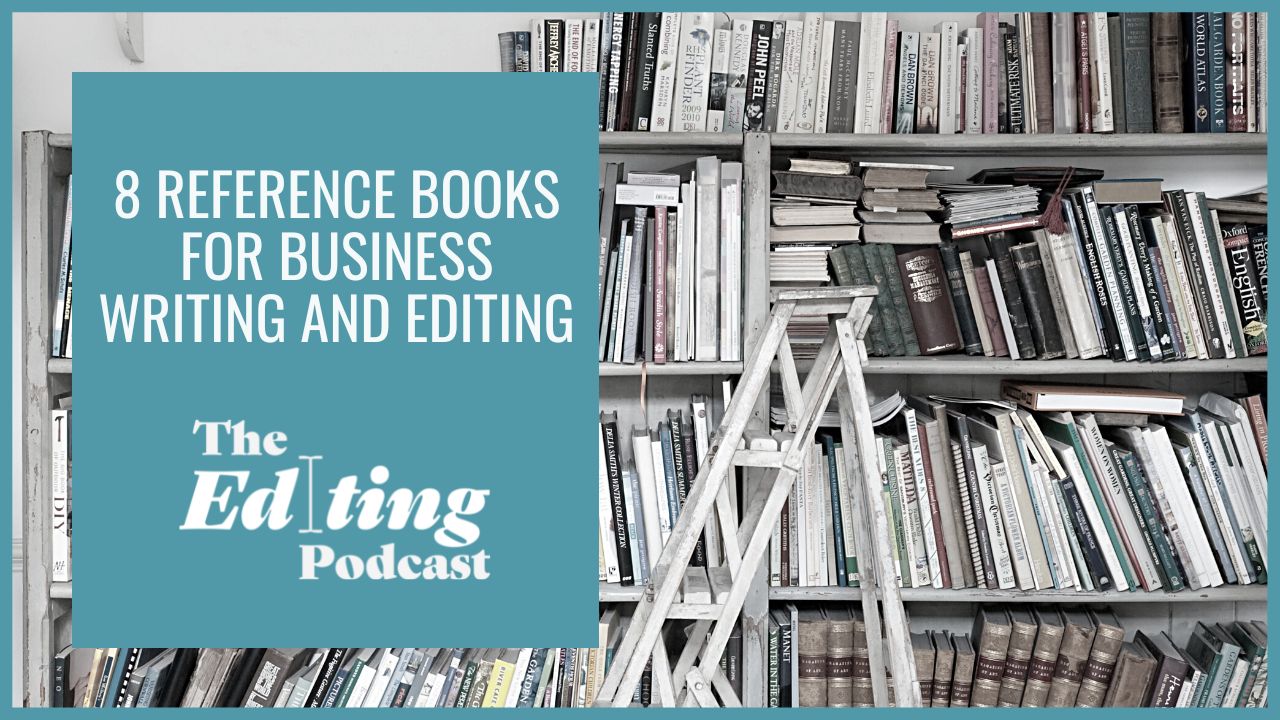
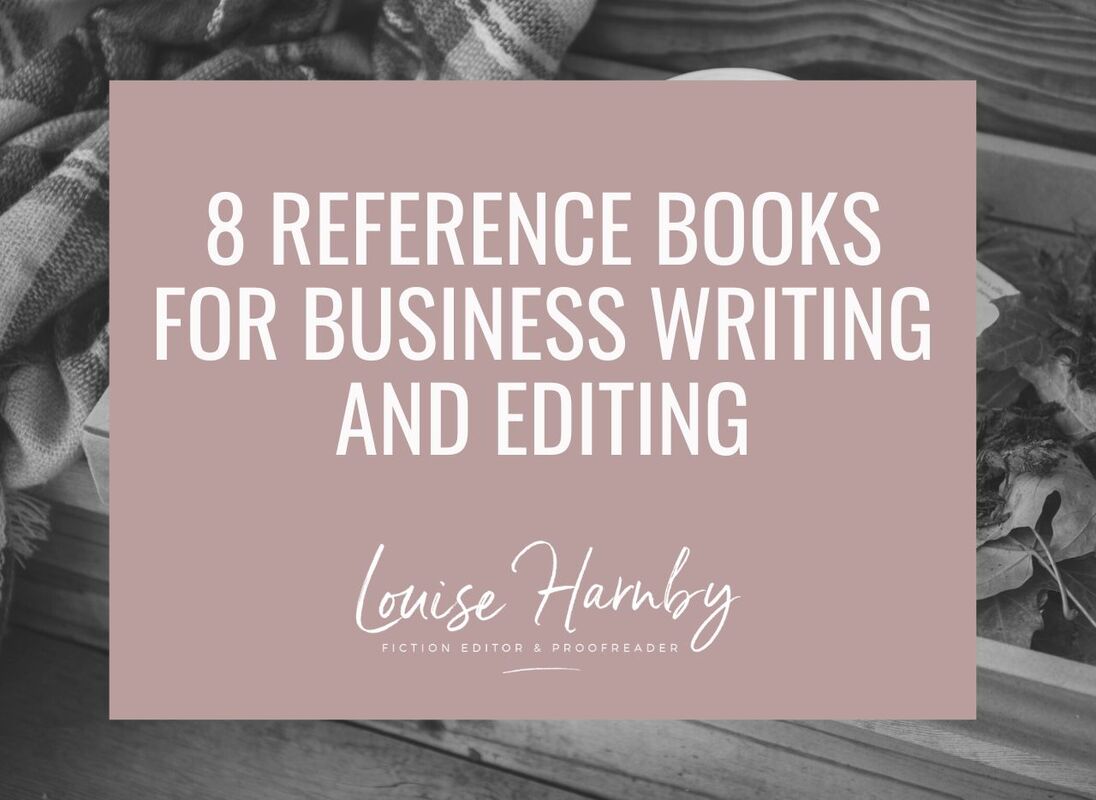
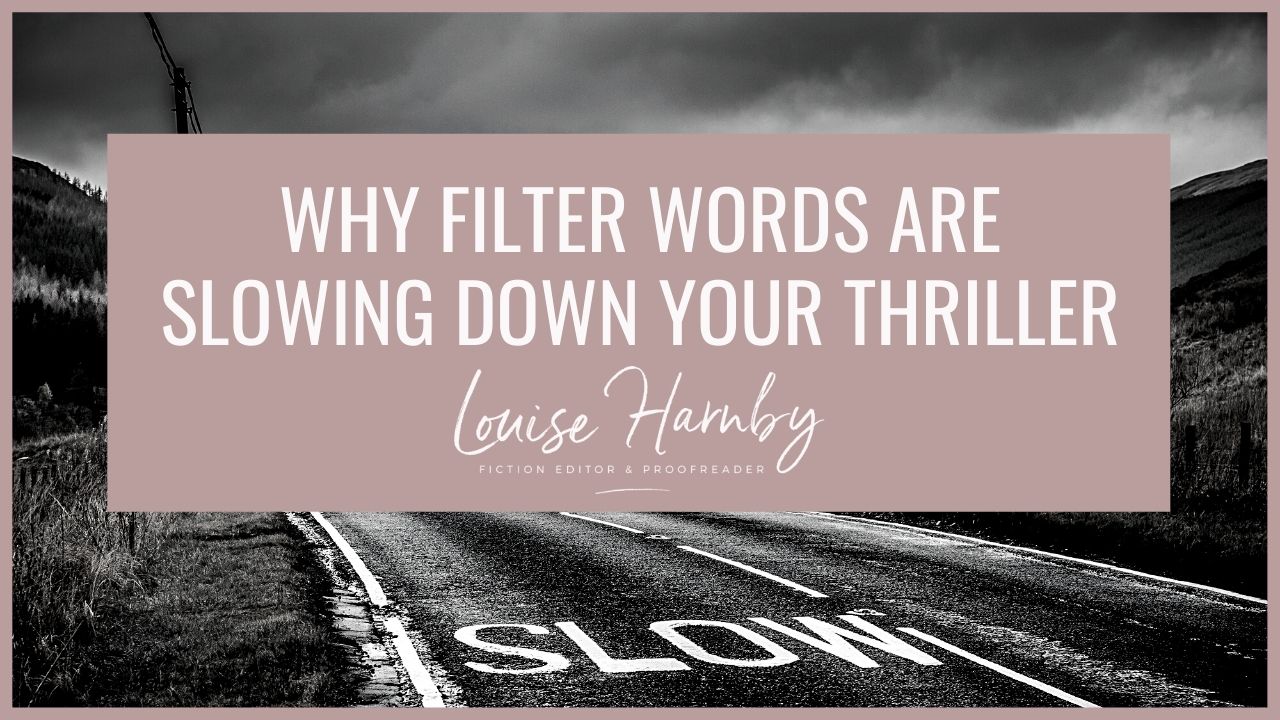
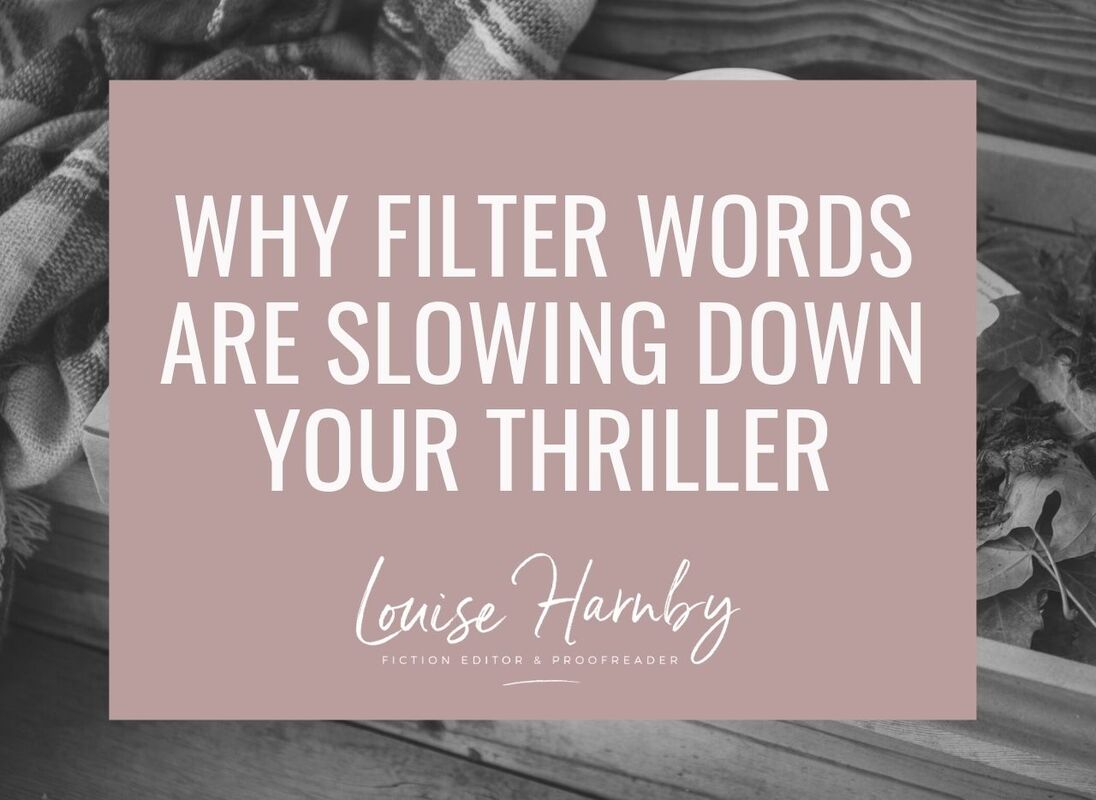

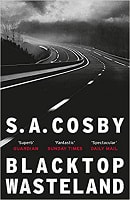
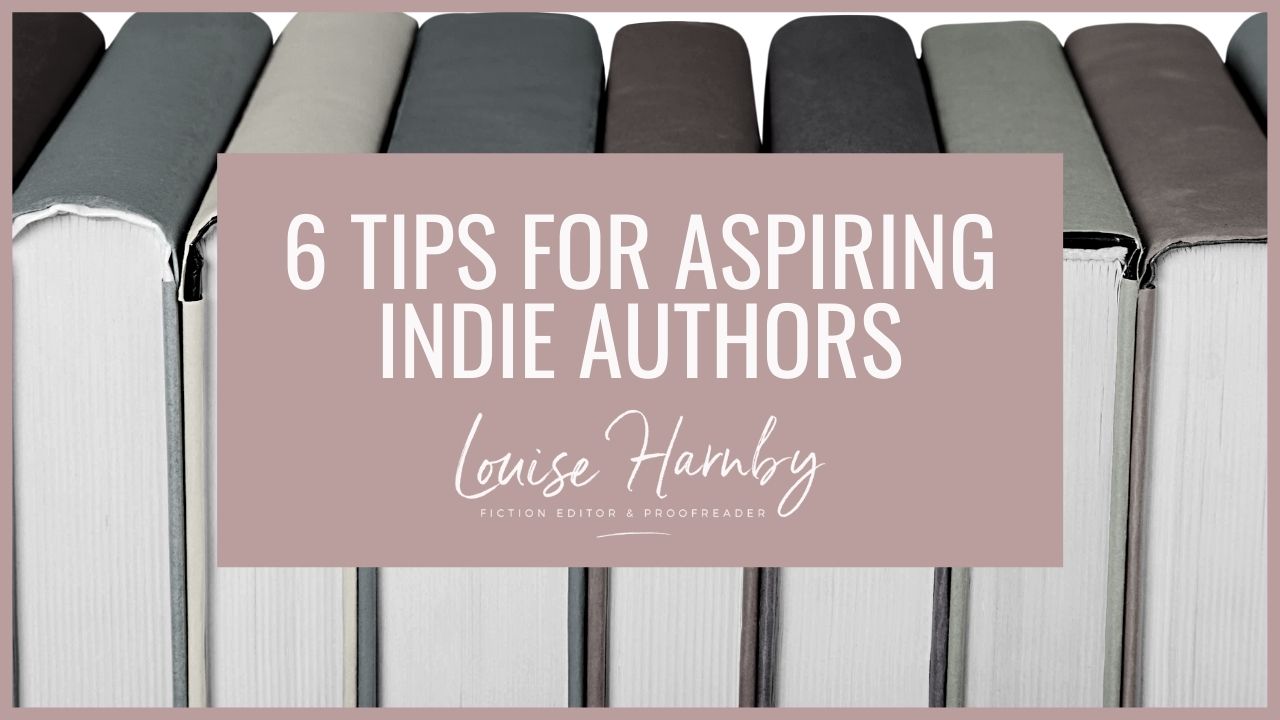
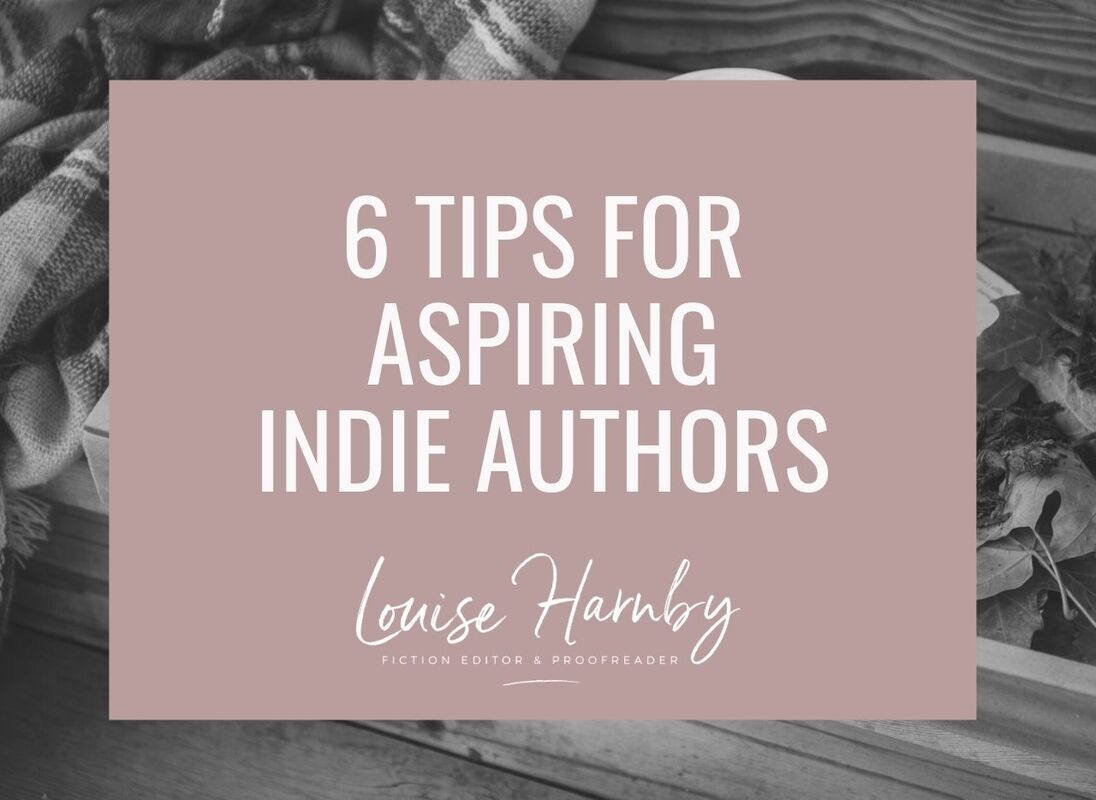
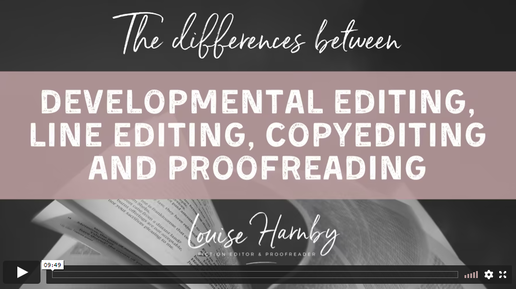
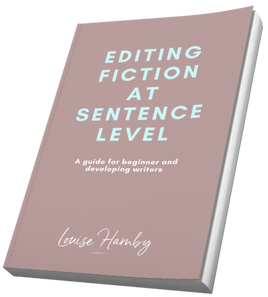
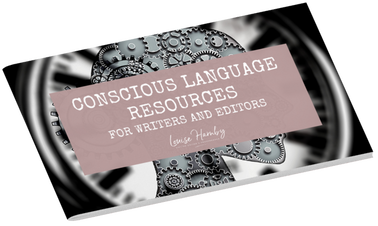
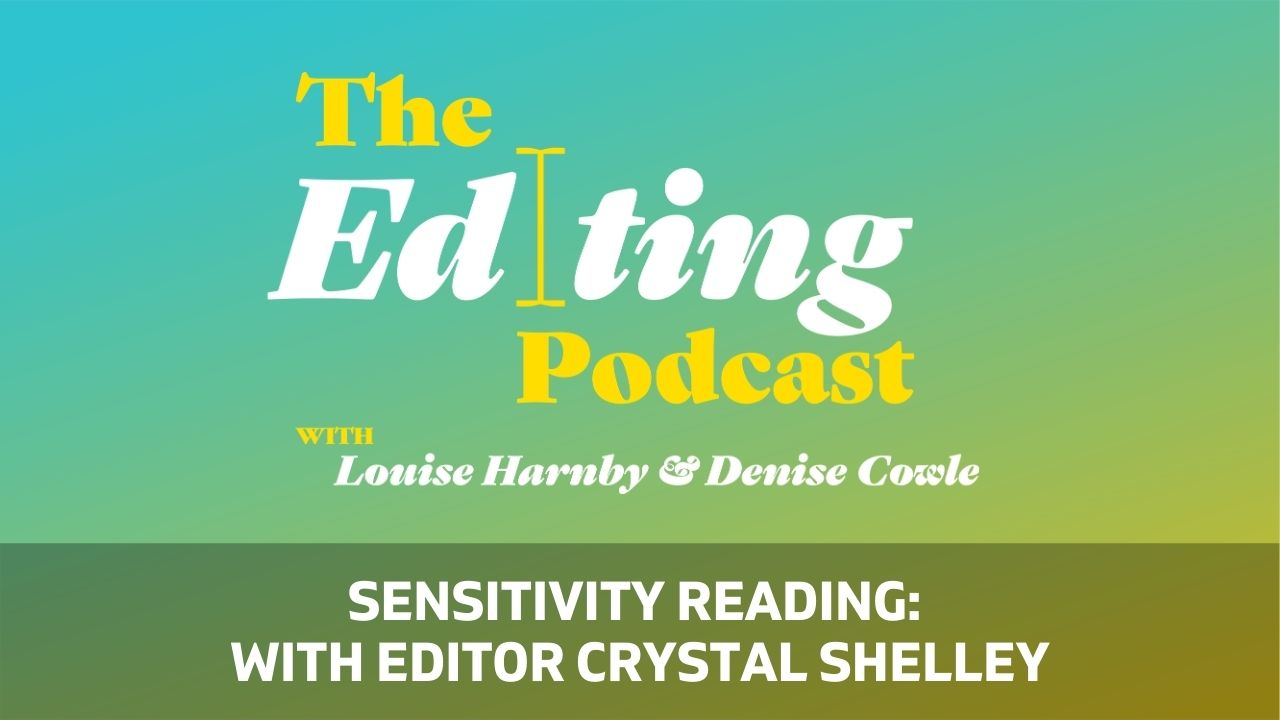
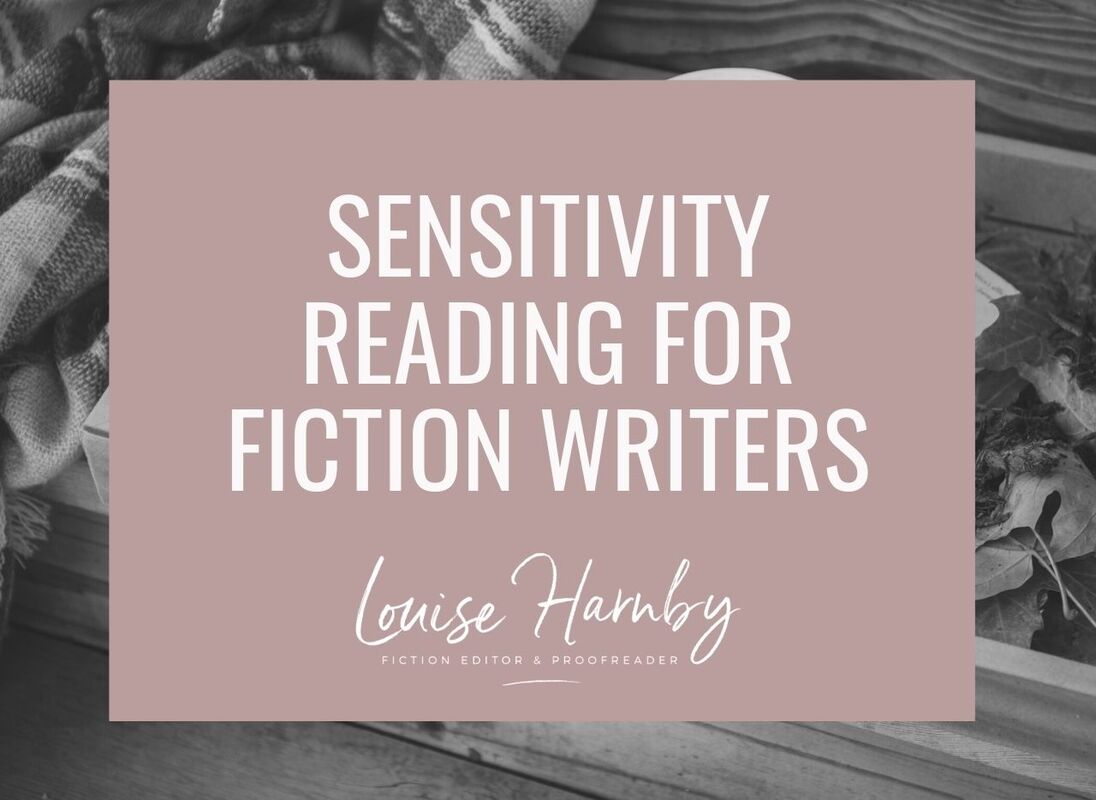
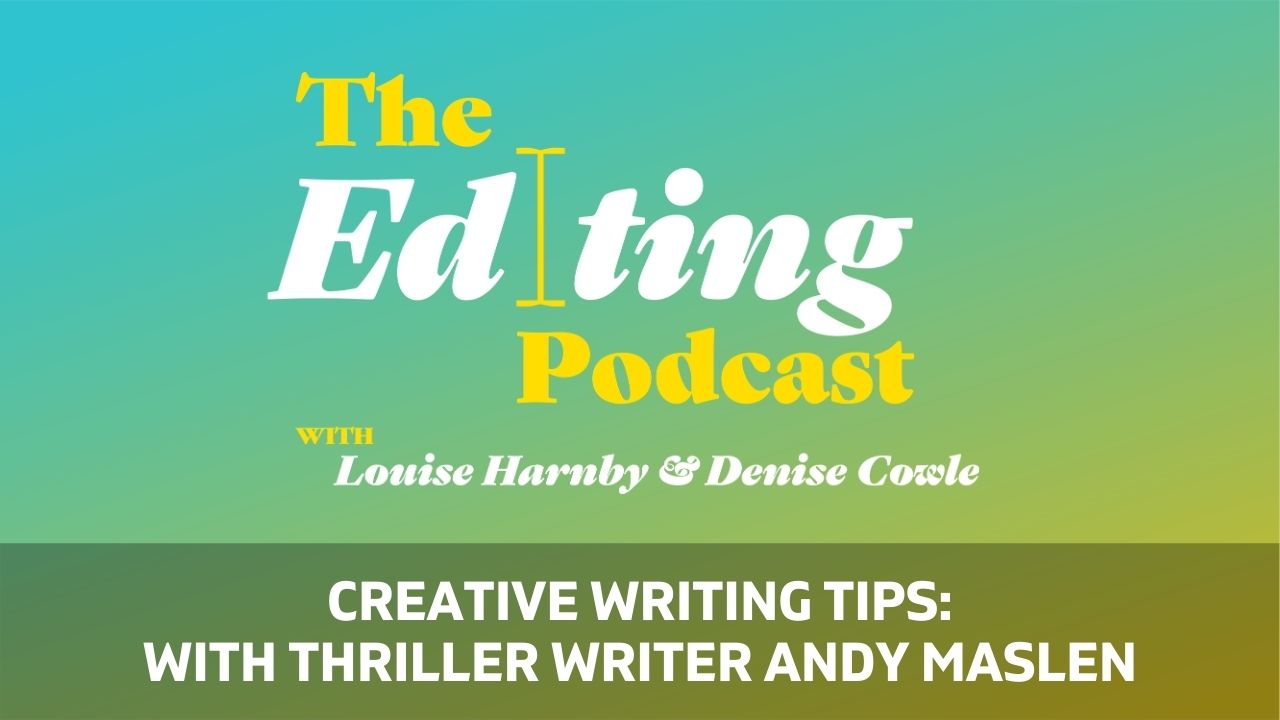
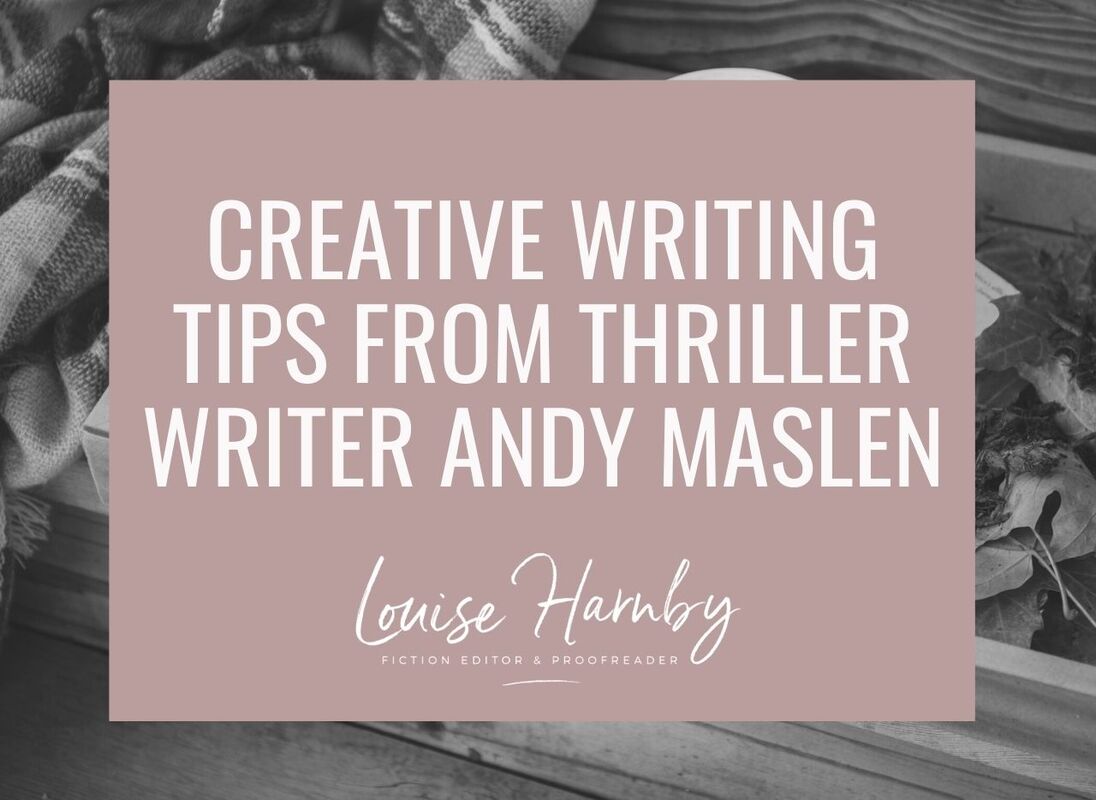
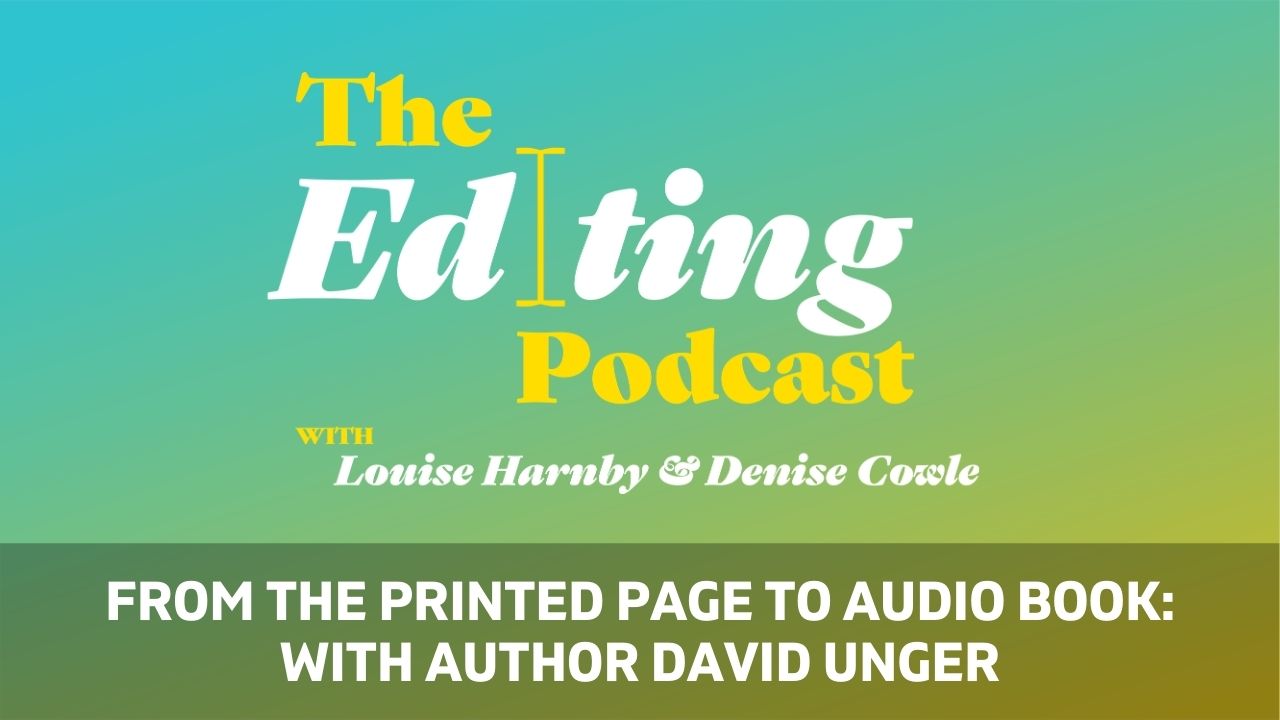
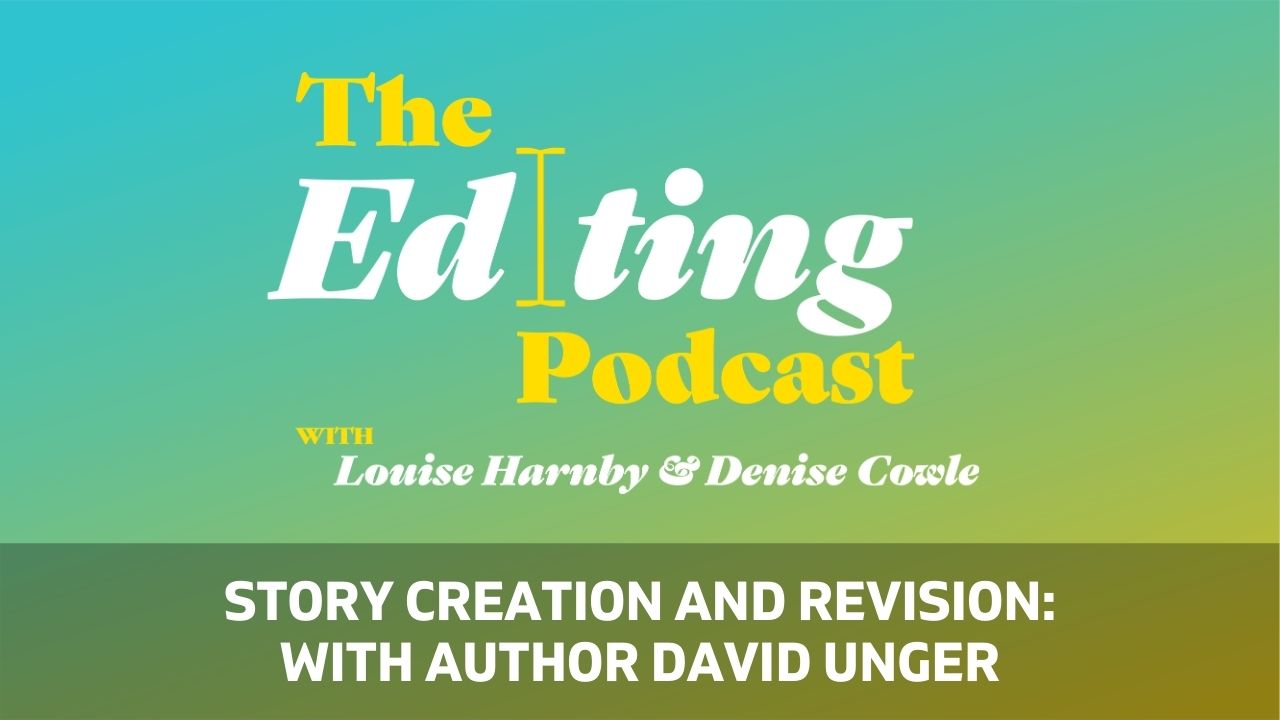
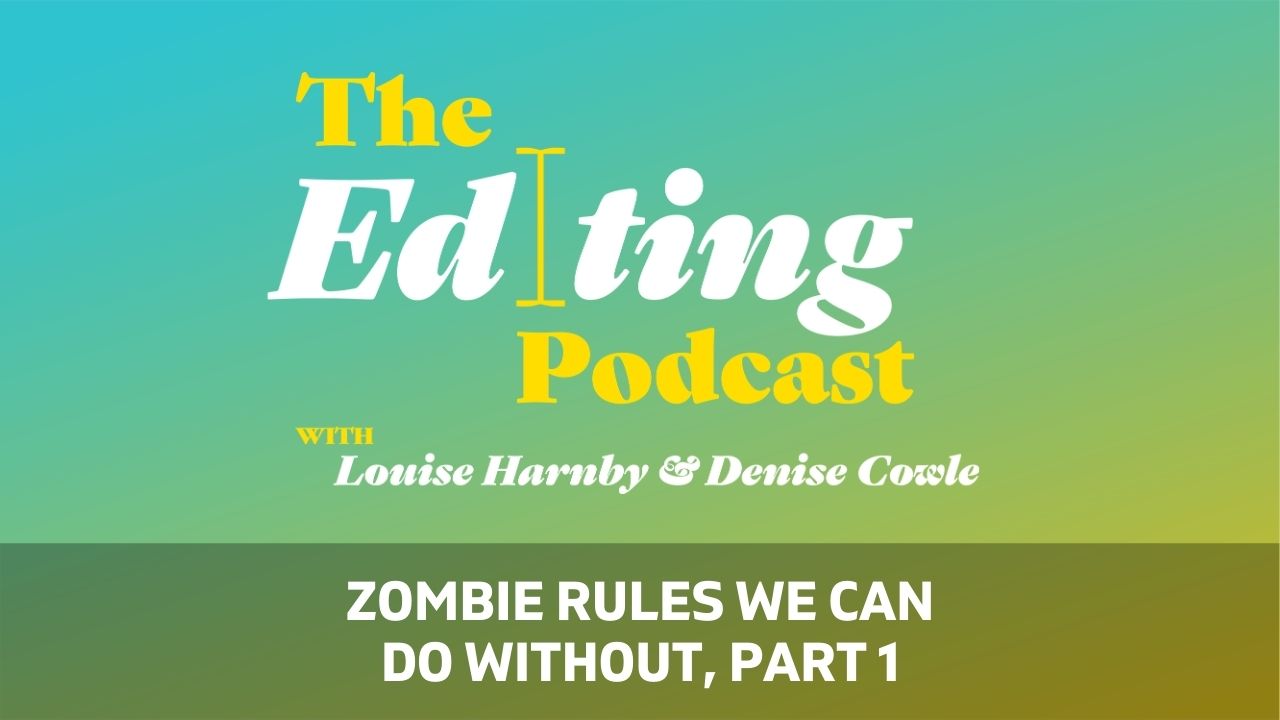
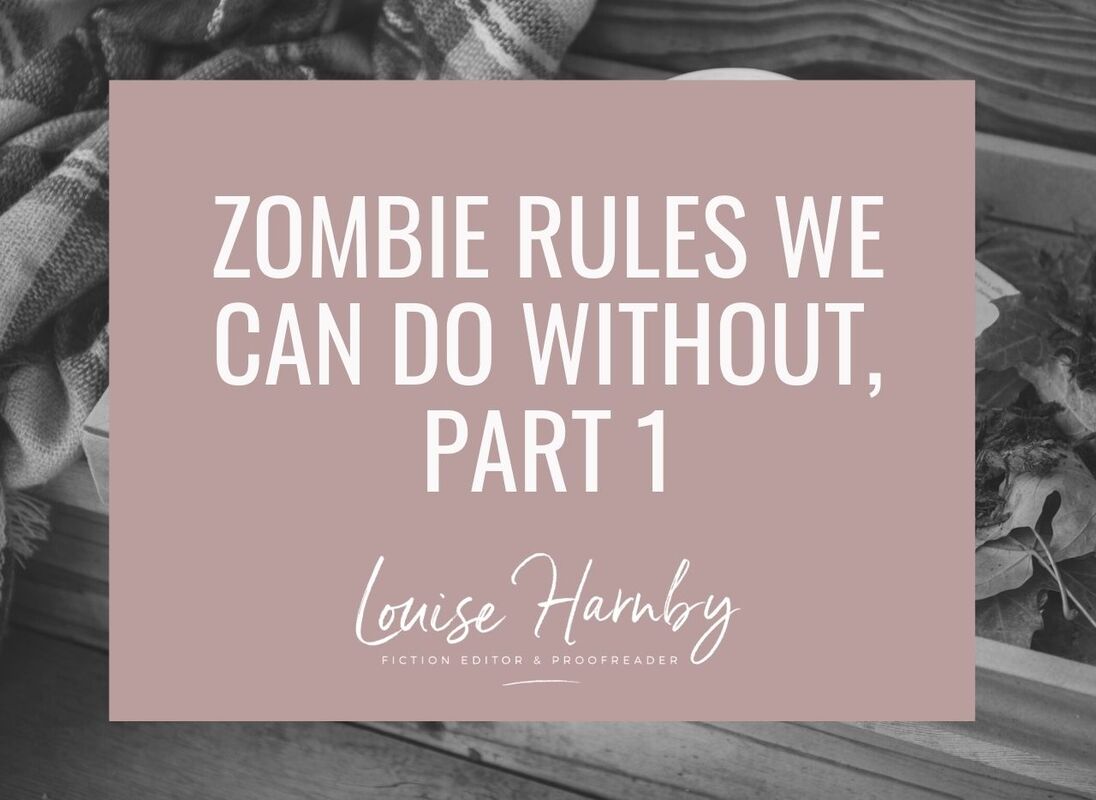
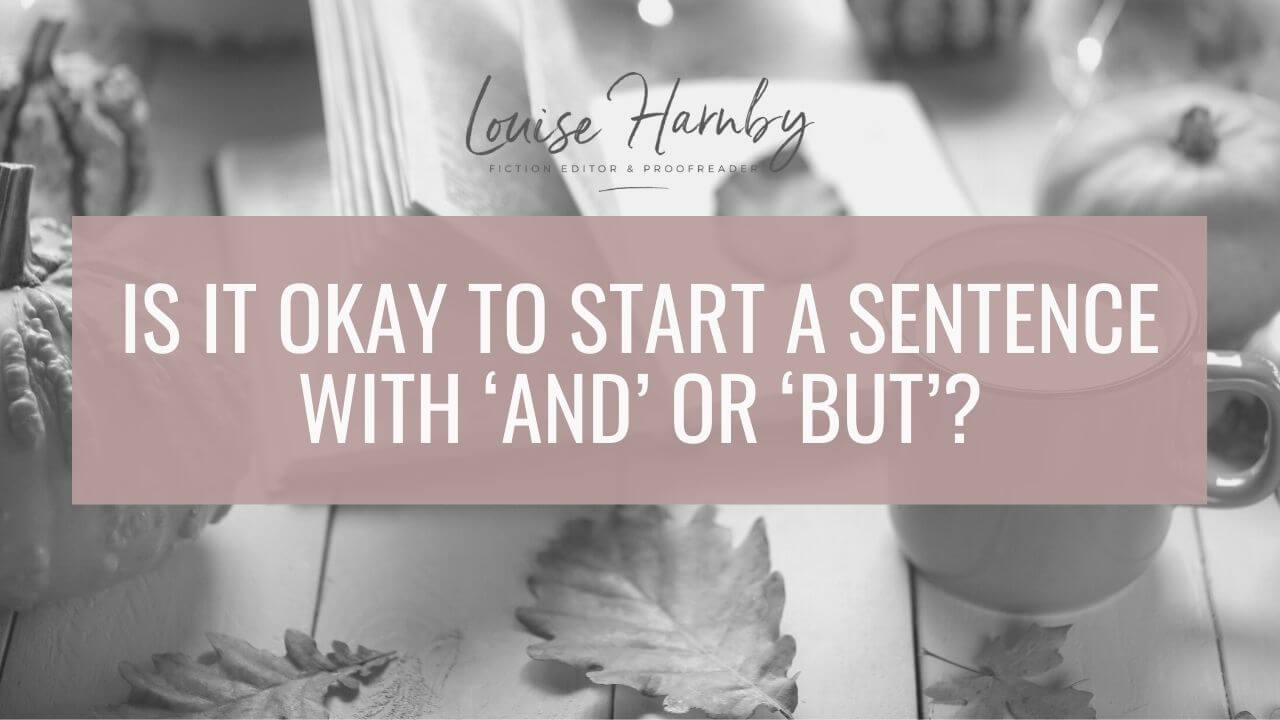
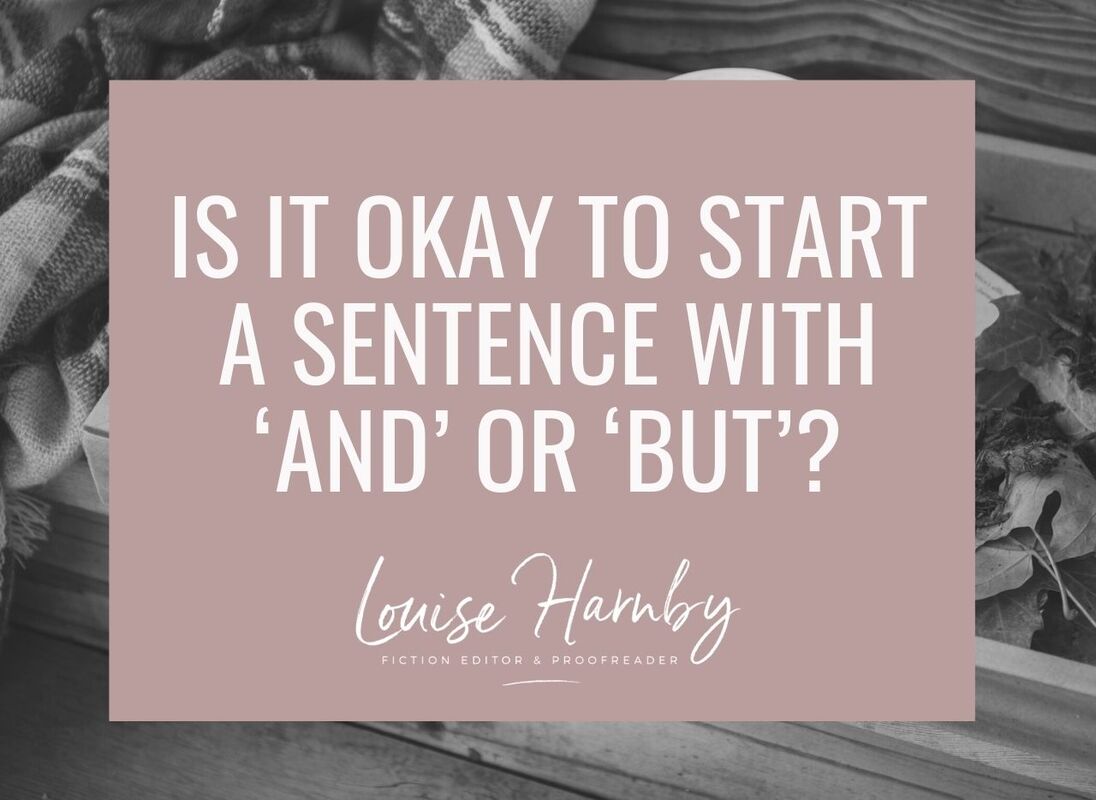








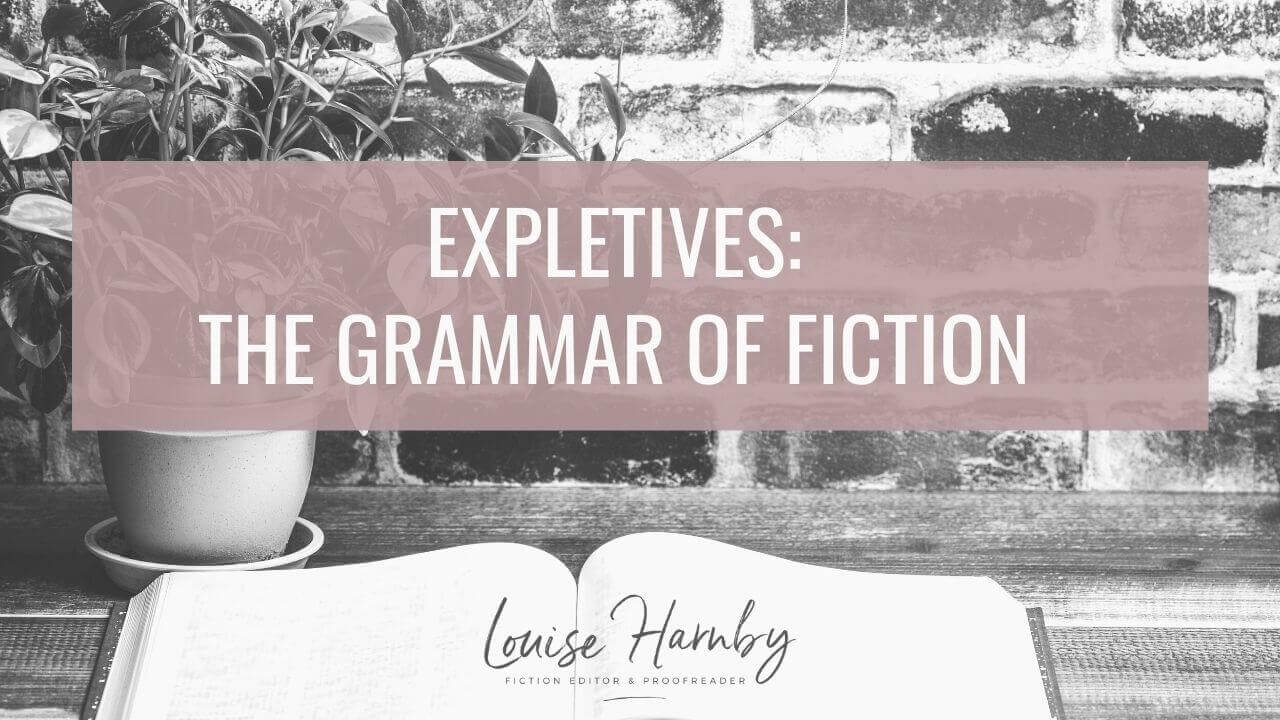
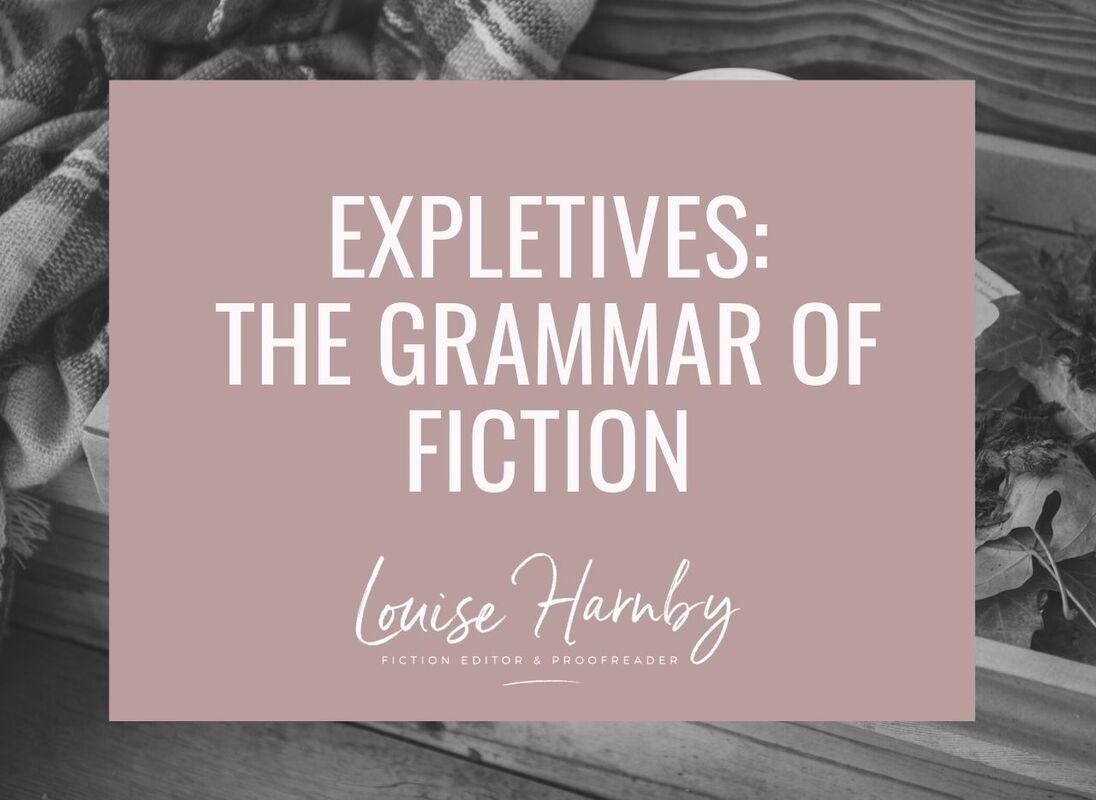


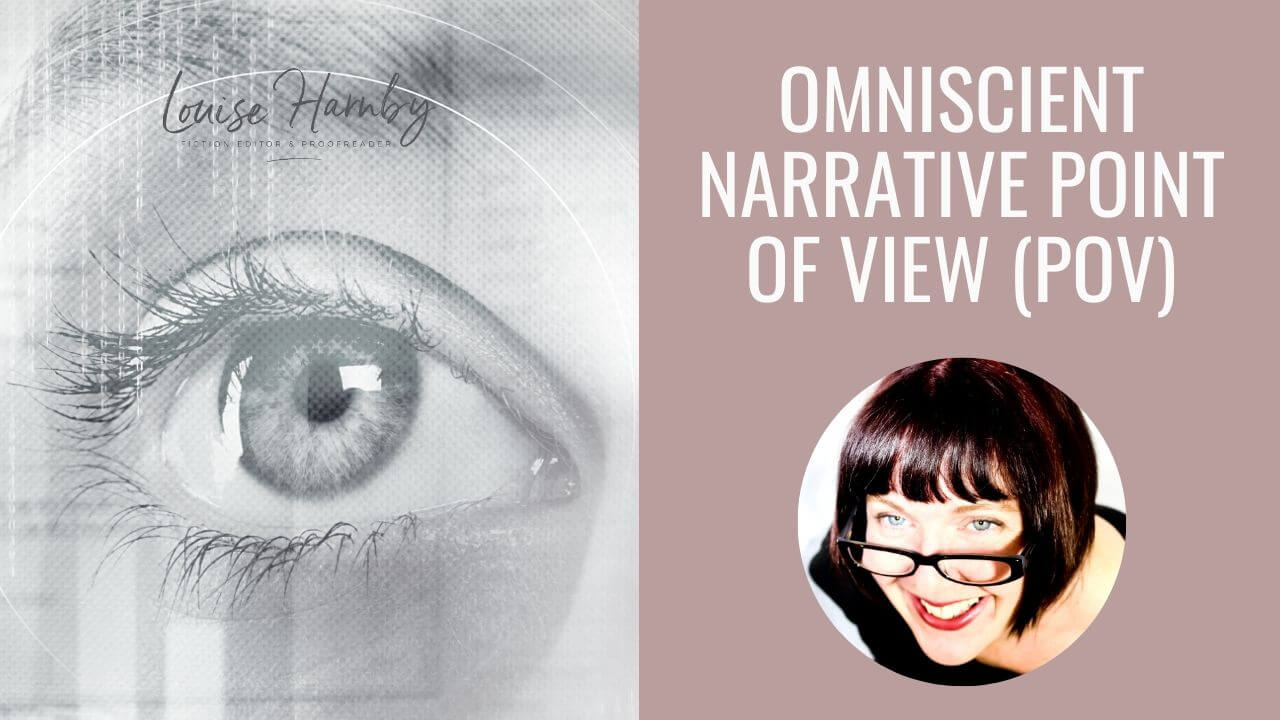
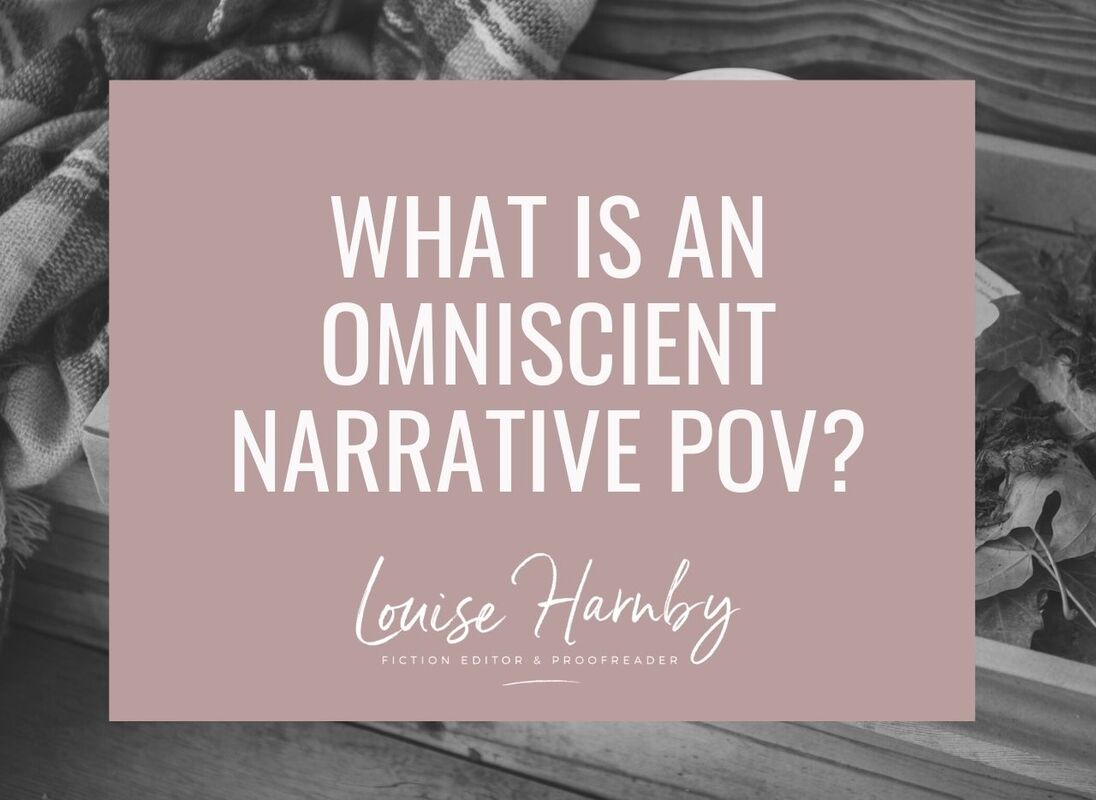
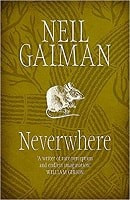
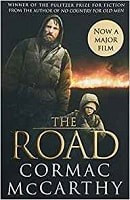
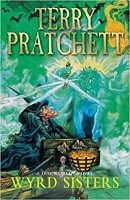
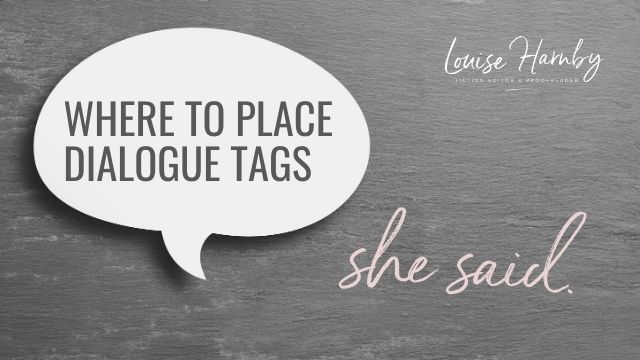
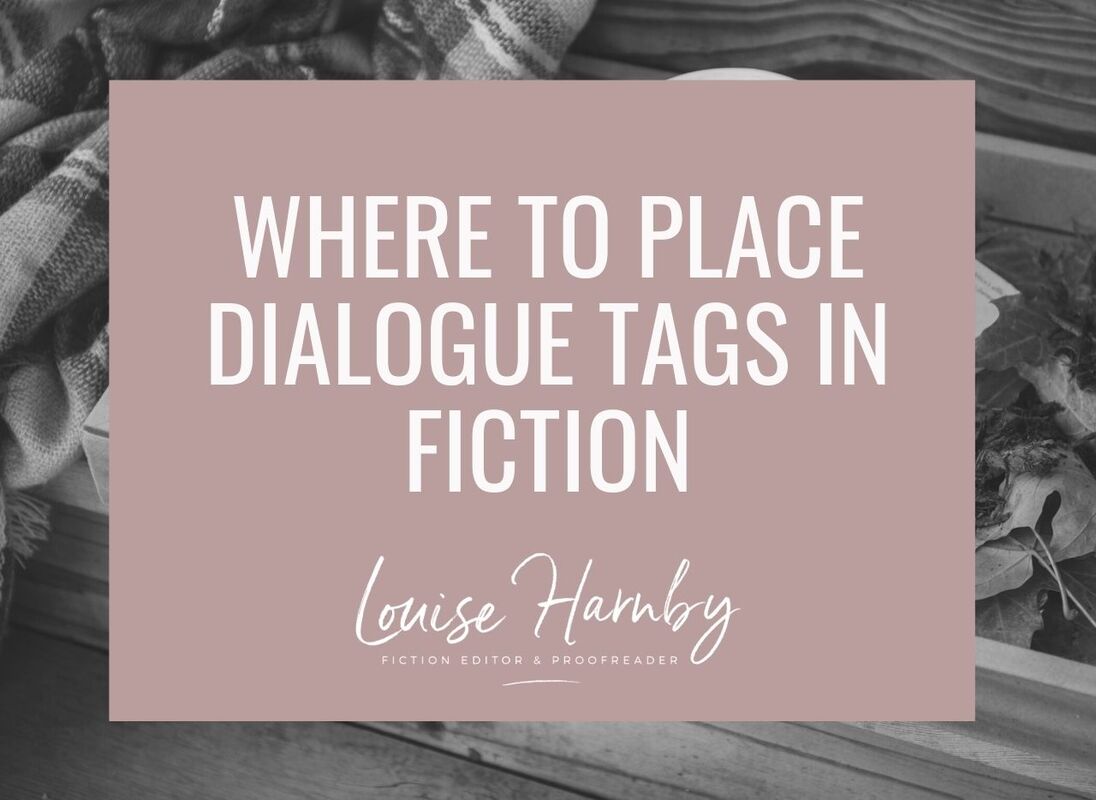
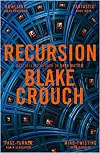
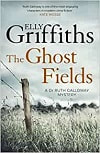
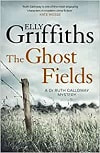
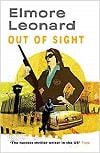
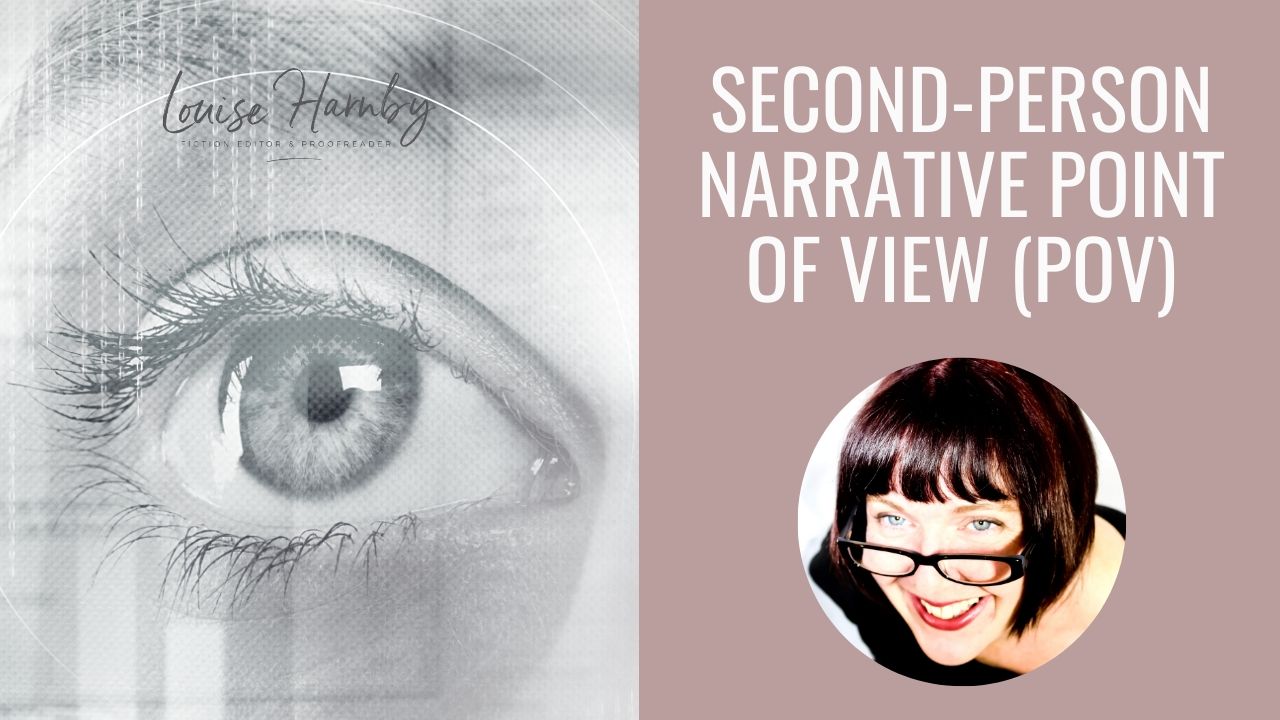
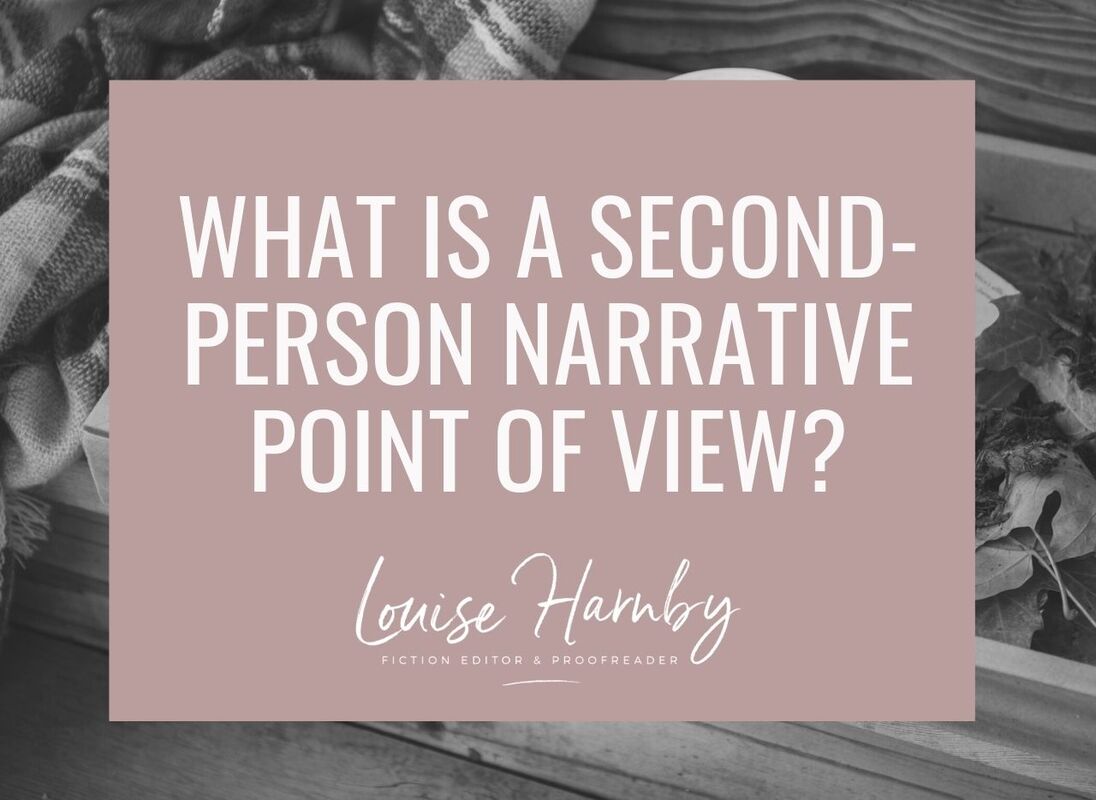
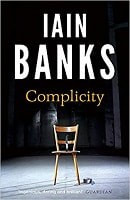
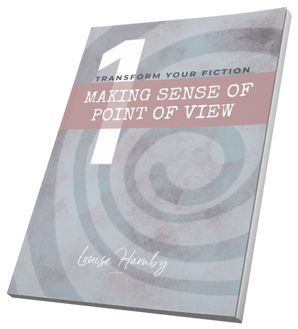

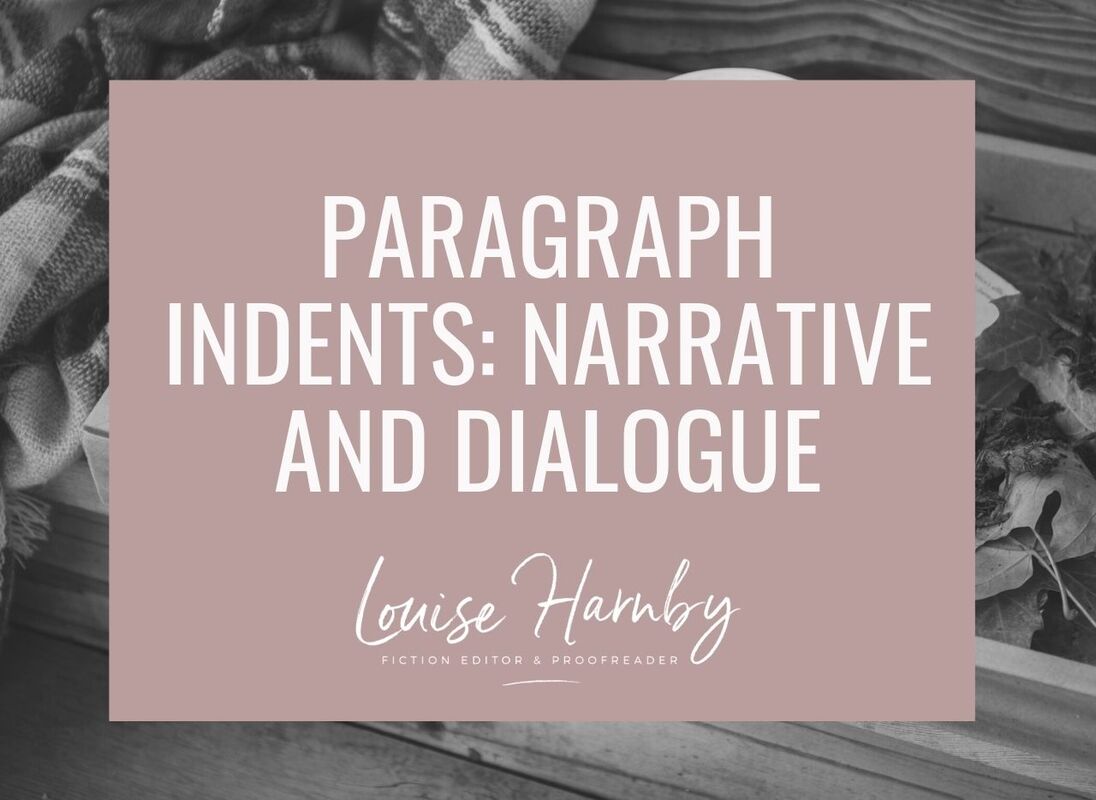
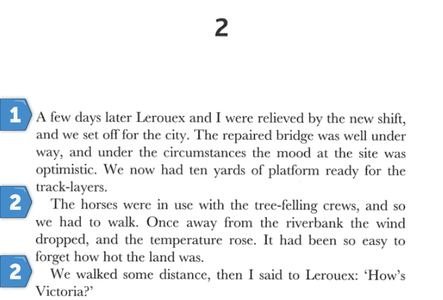
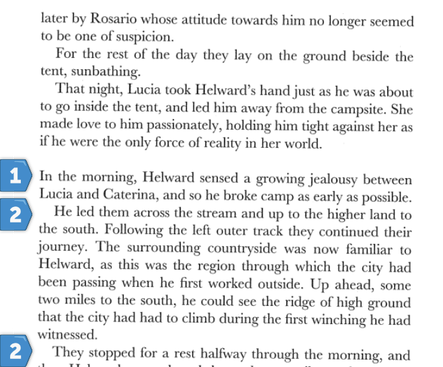
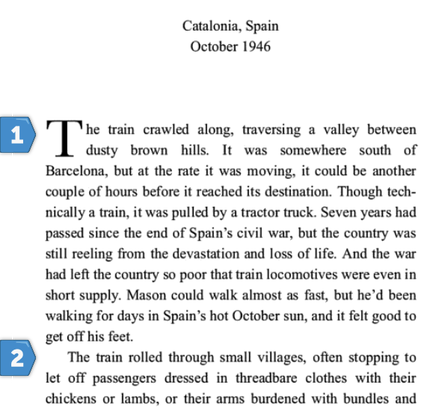

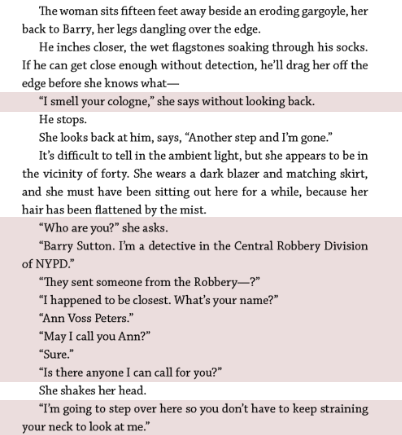
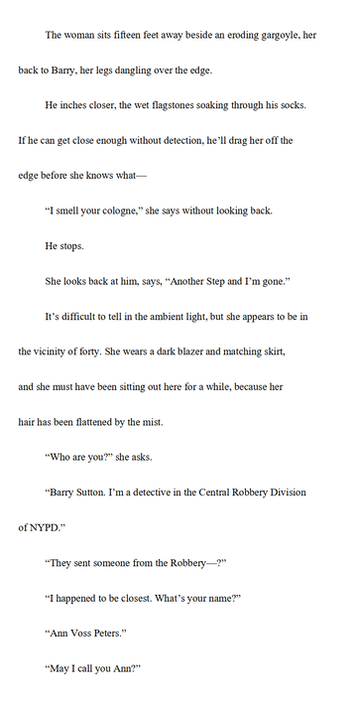
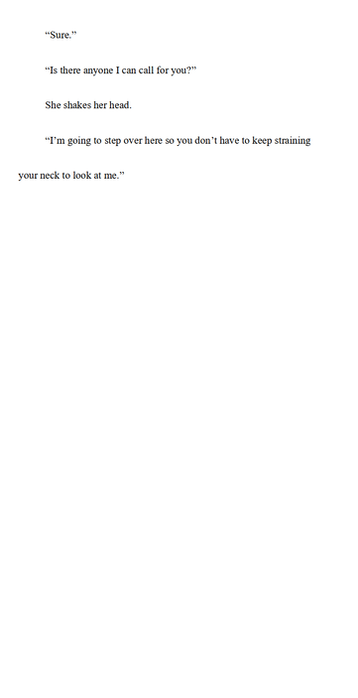
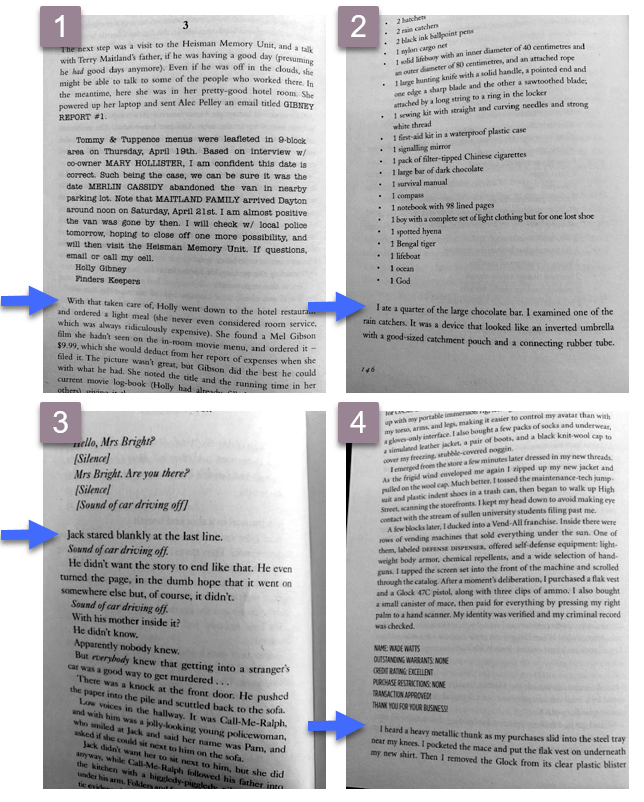
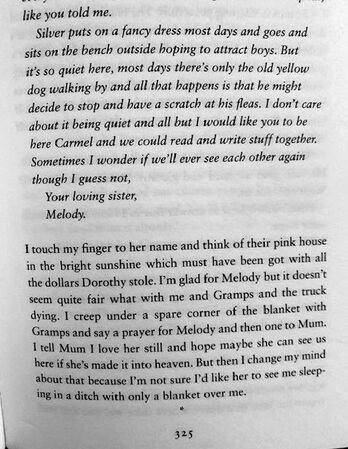

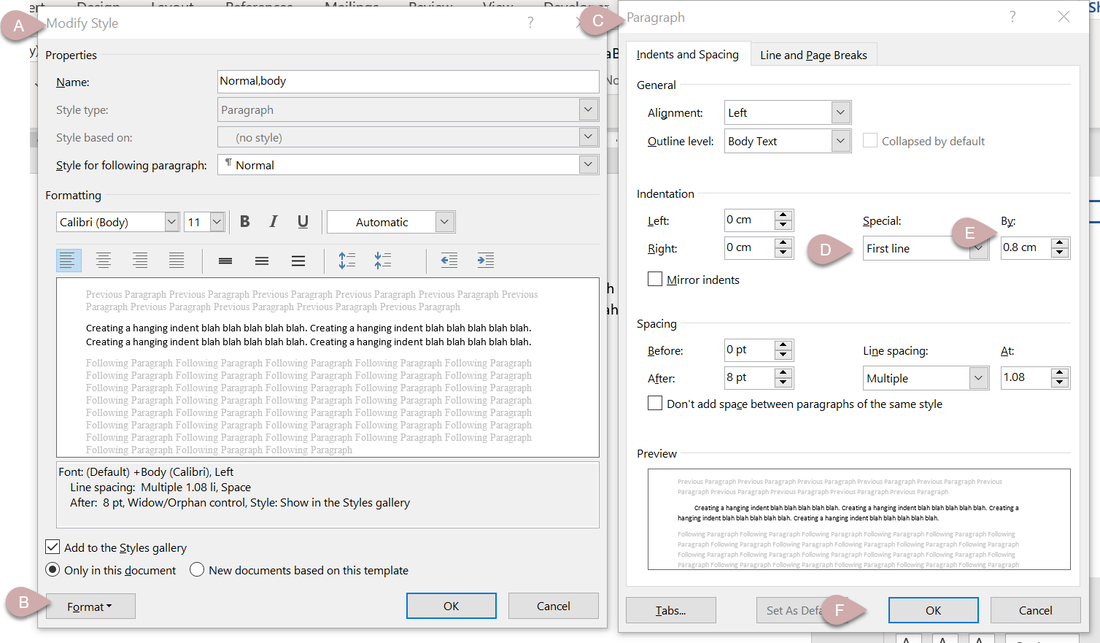
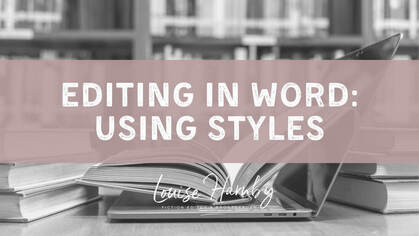
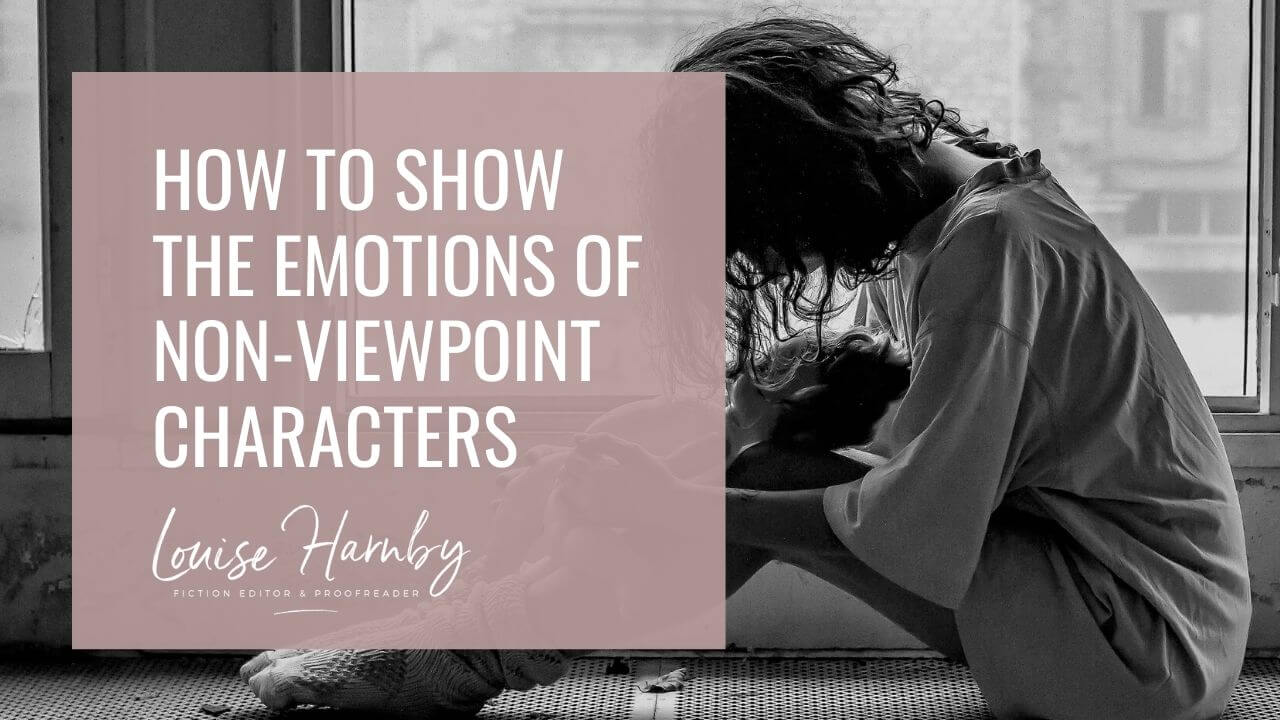
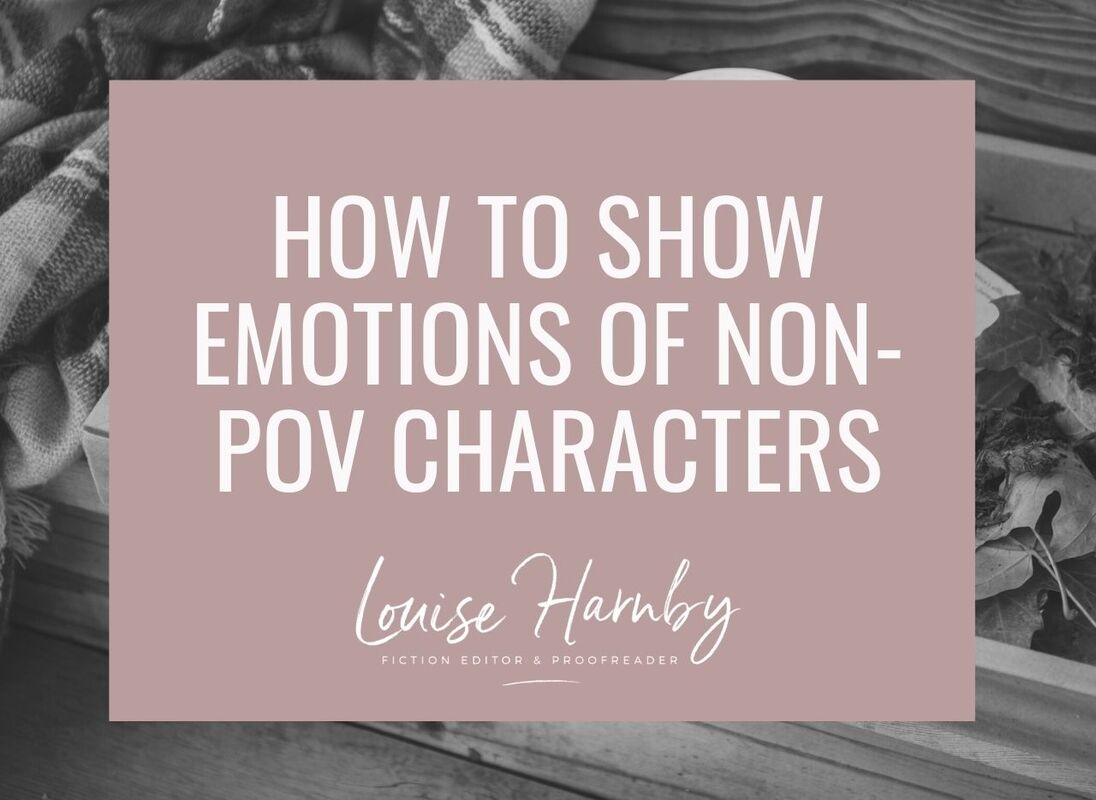
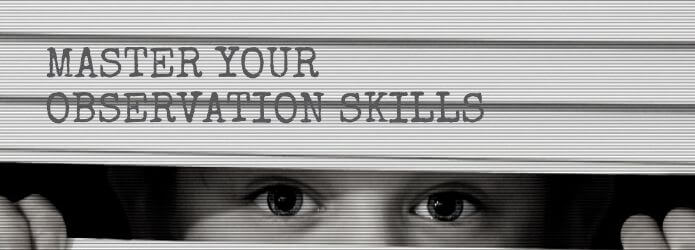
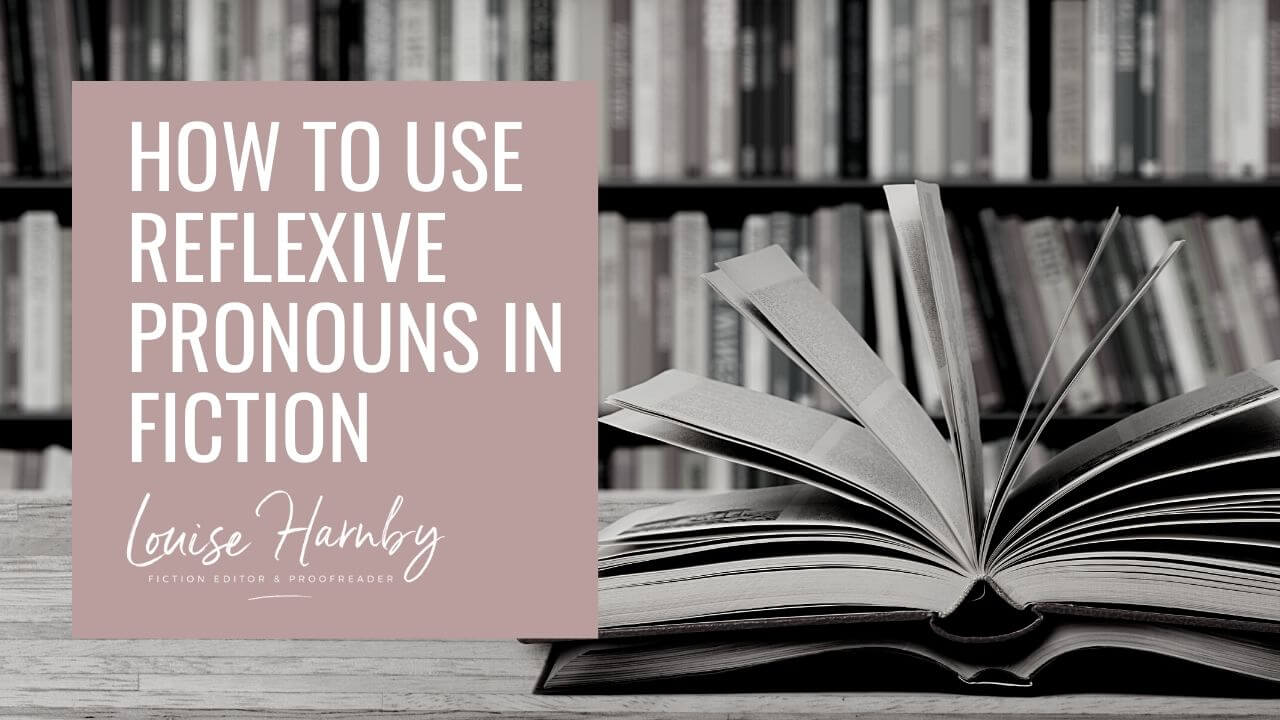
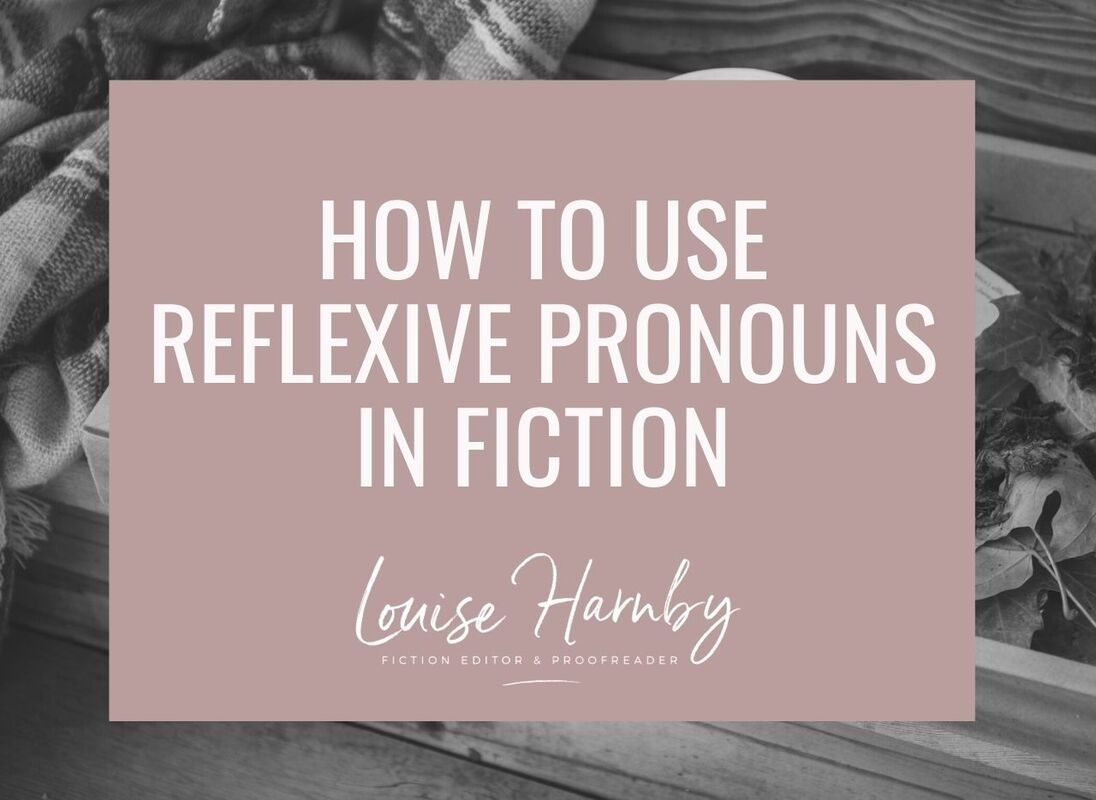


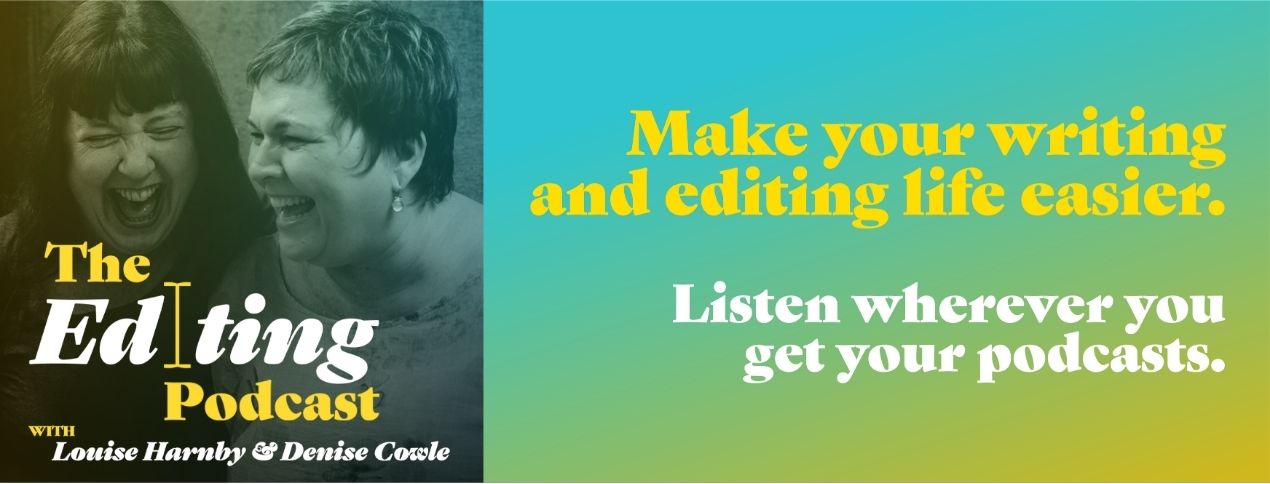
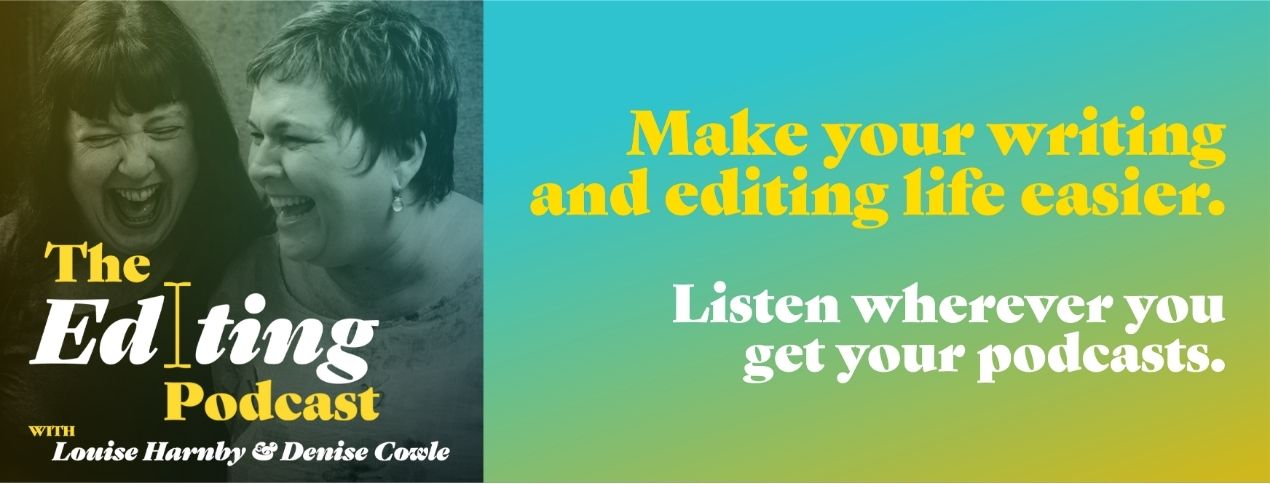
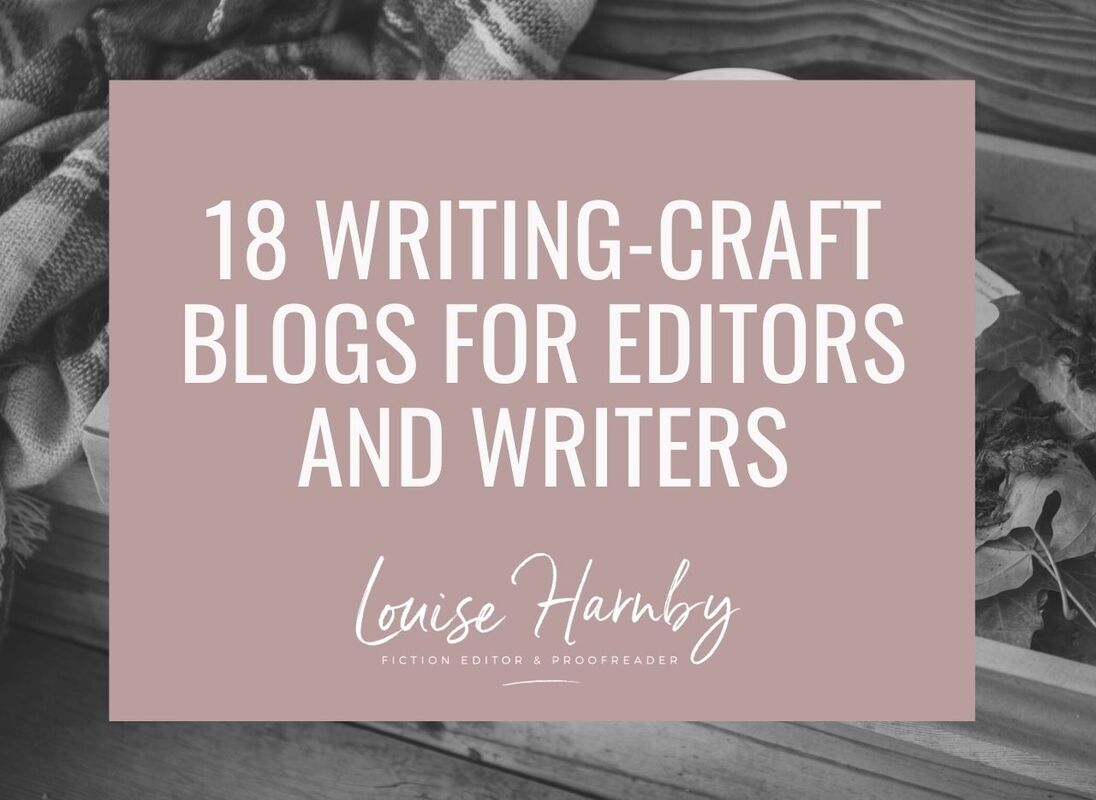

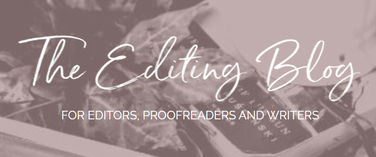


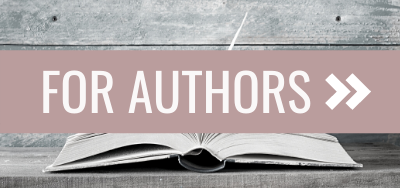
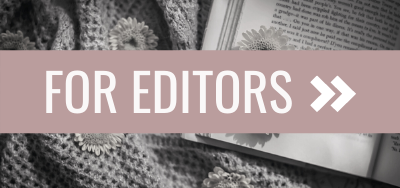
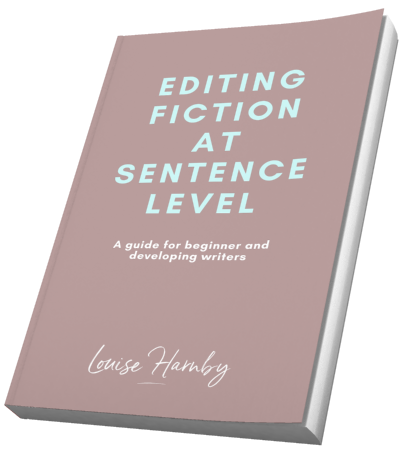
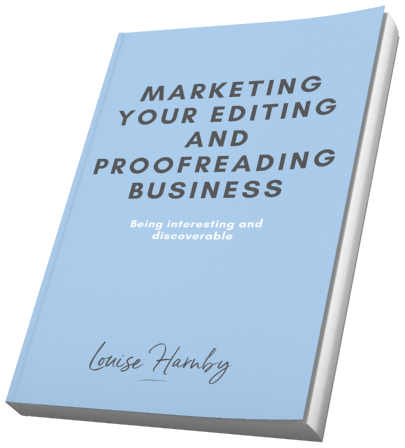
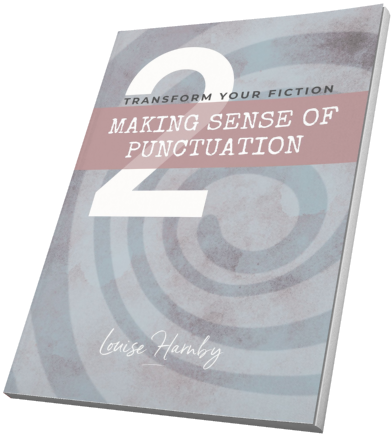
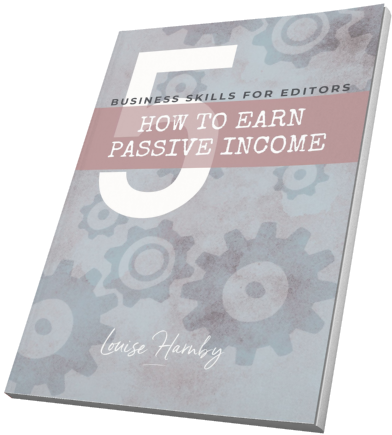
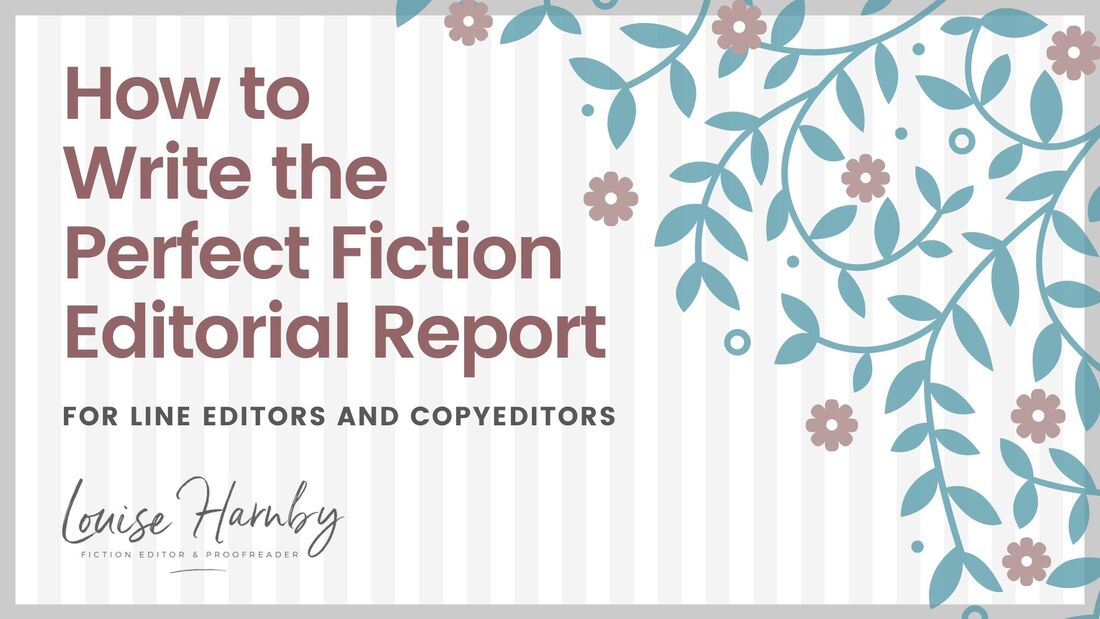
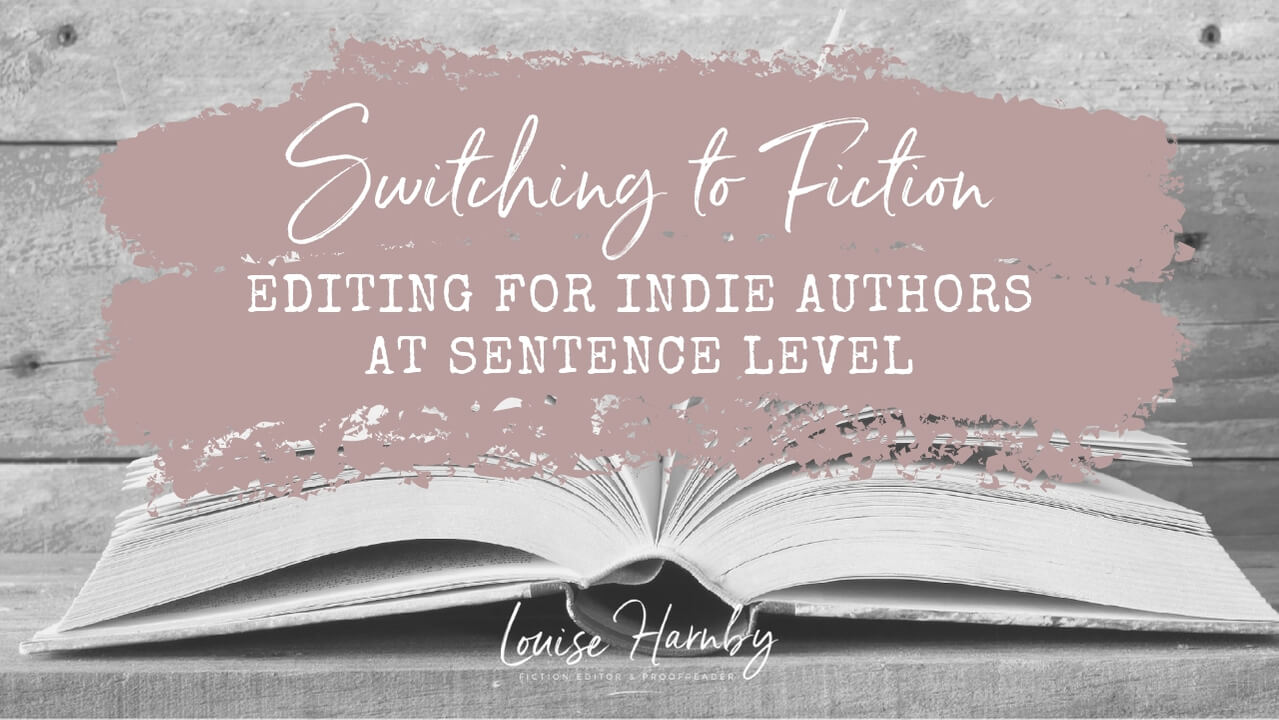
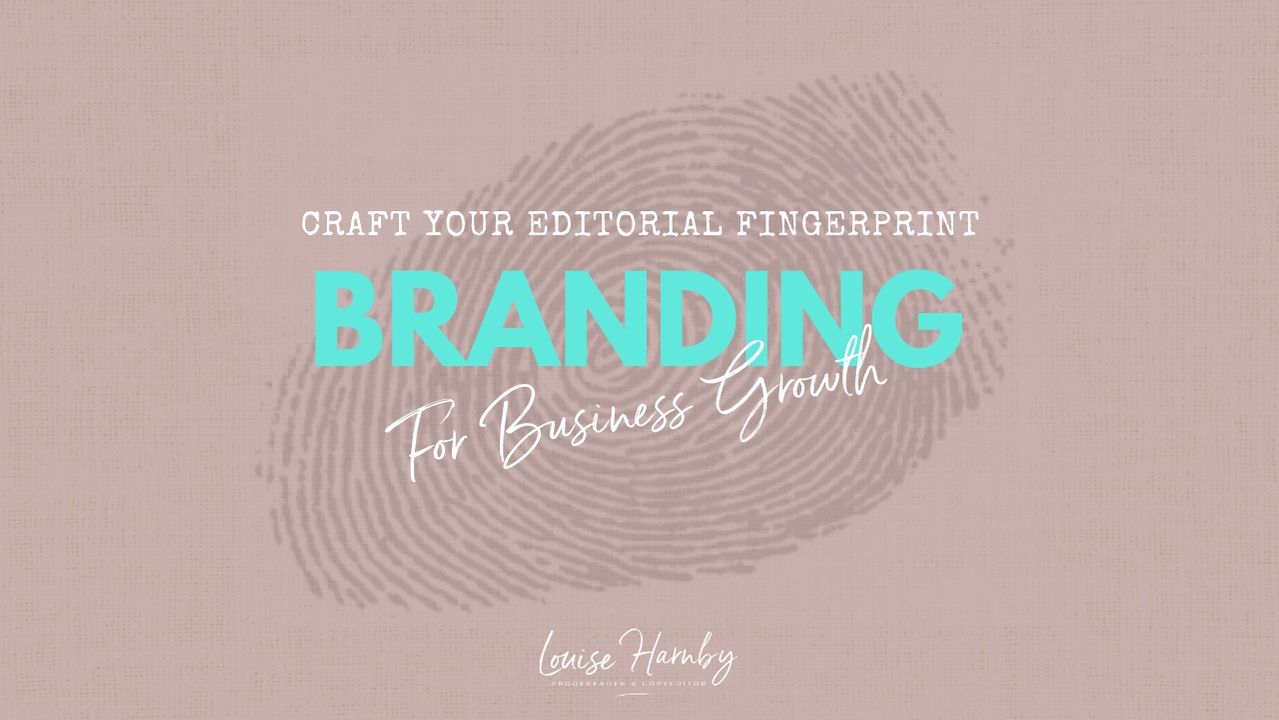
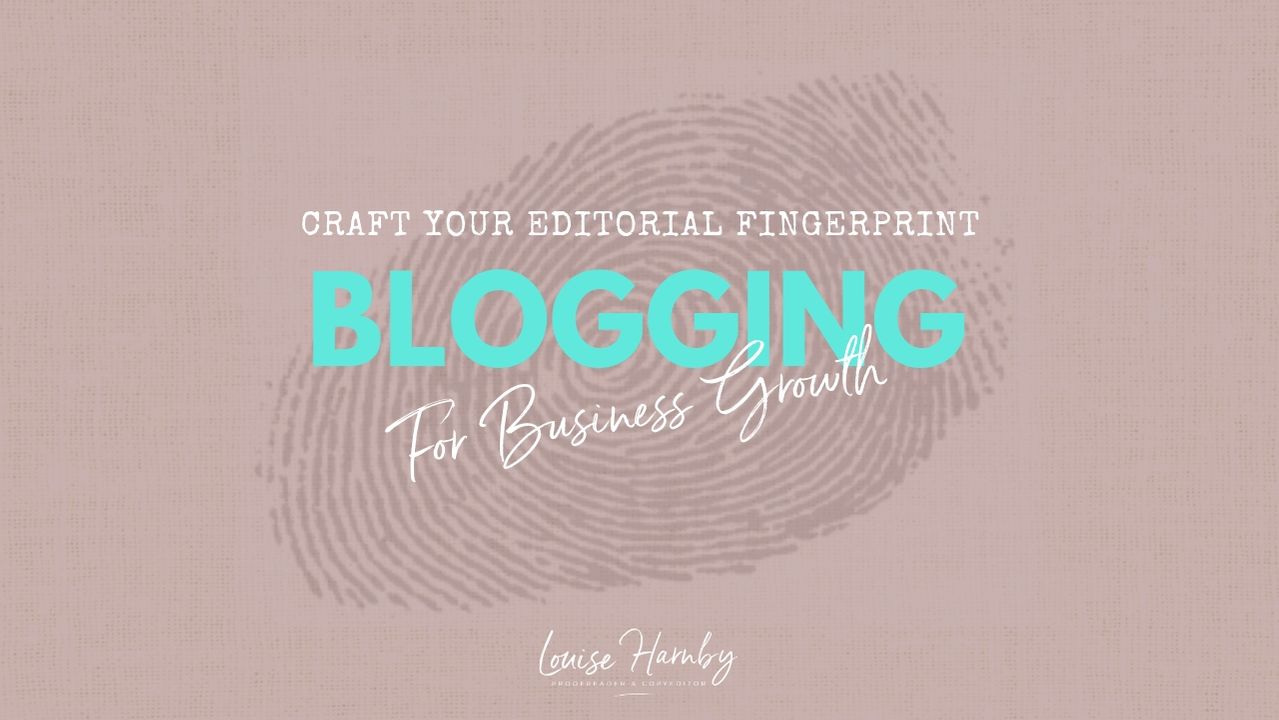
 RSS Feed
RSS Feed
